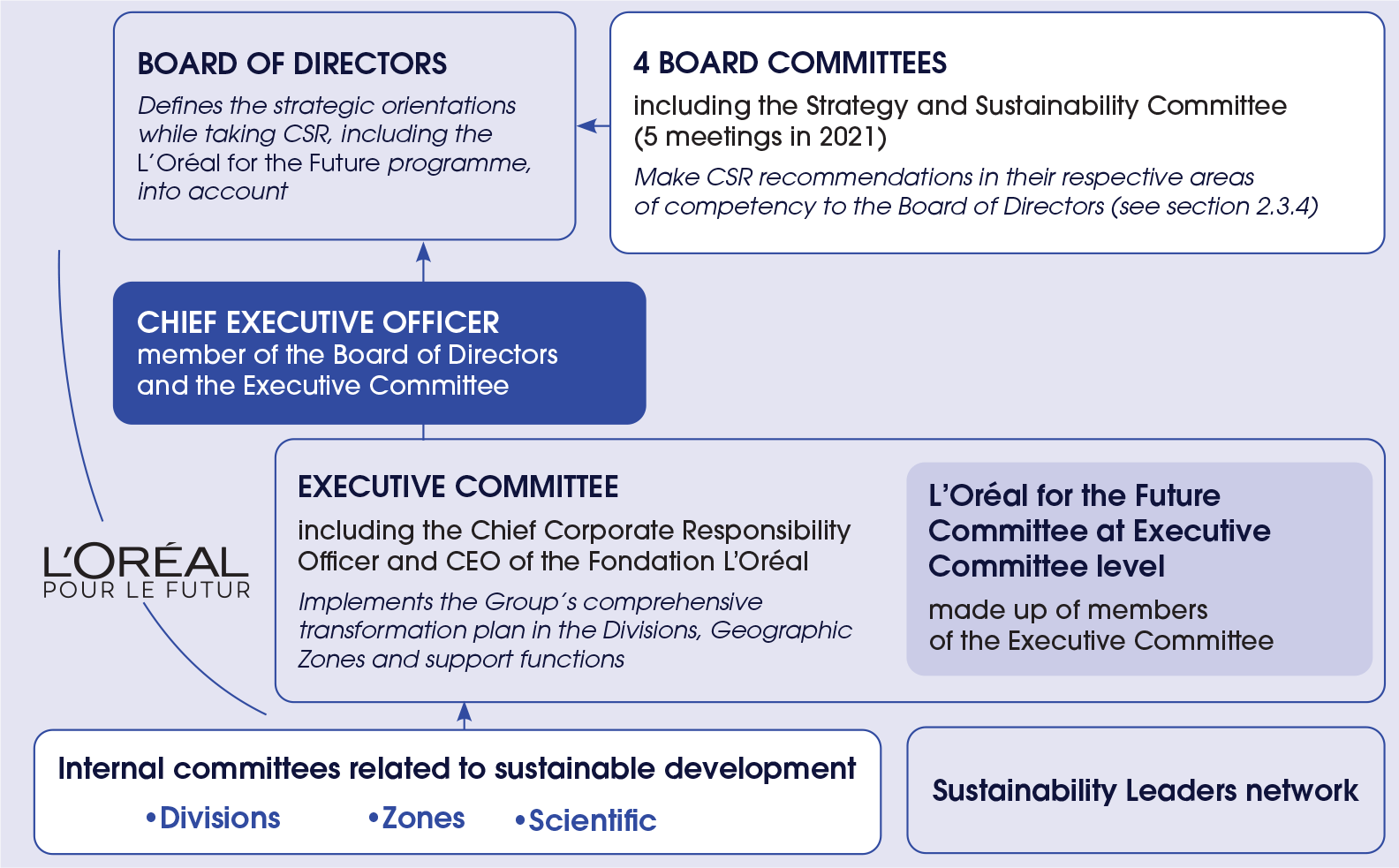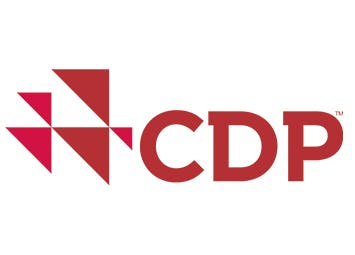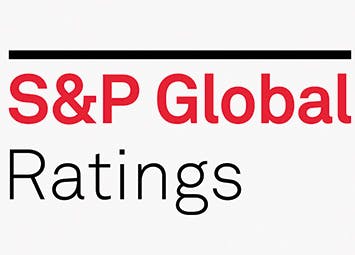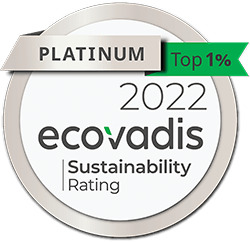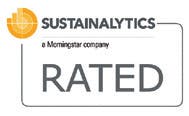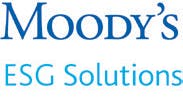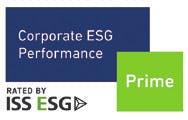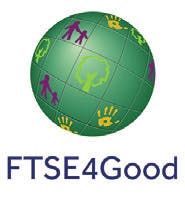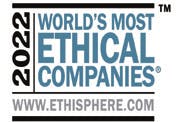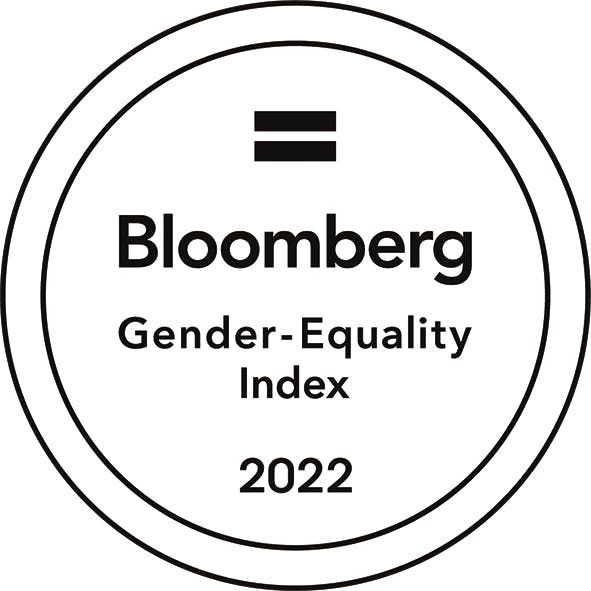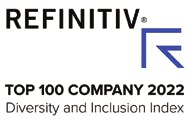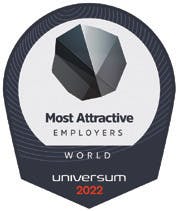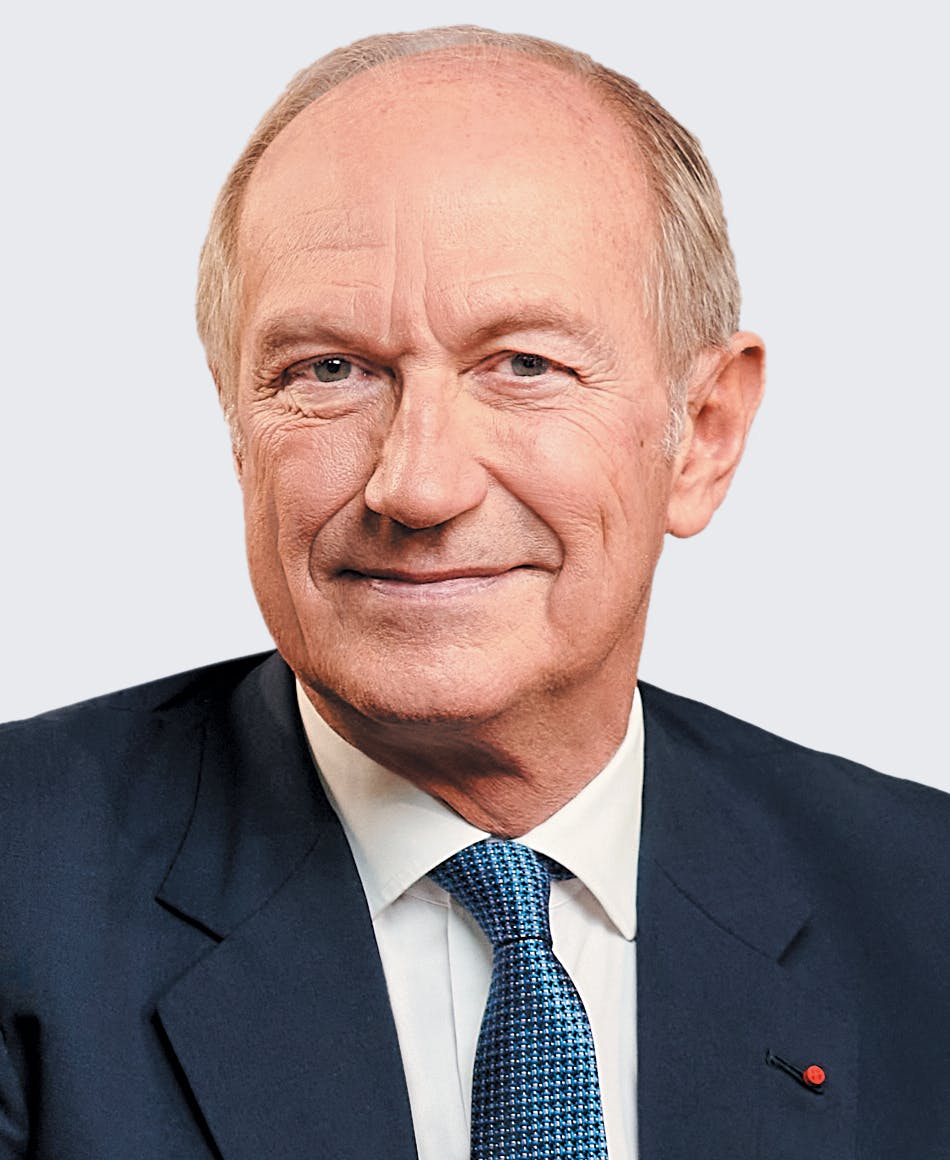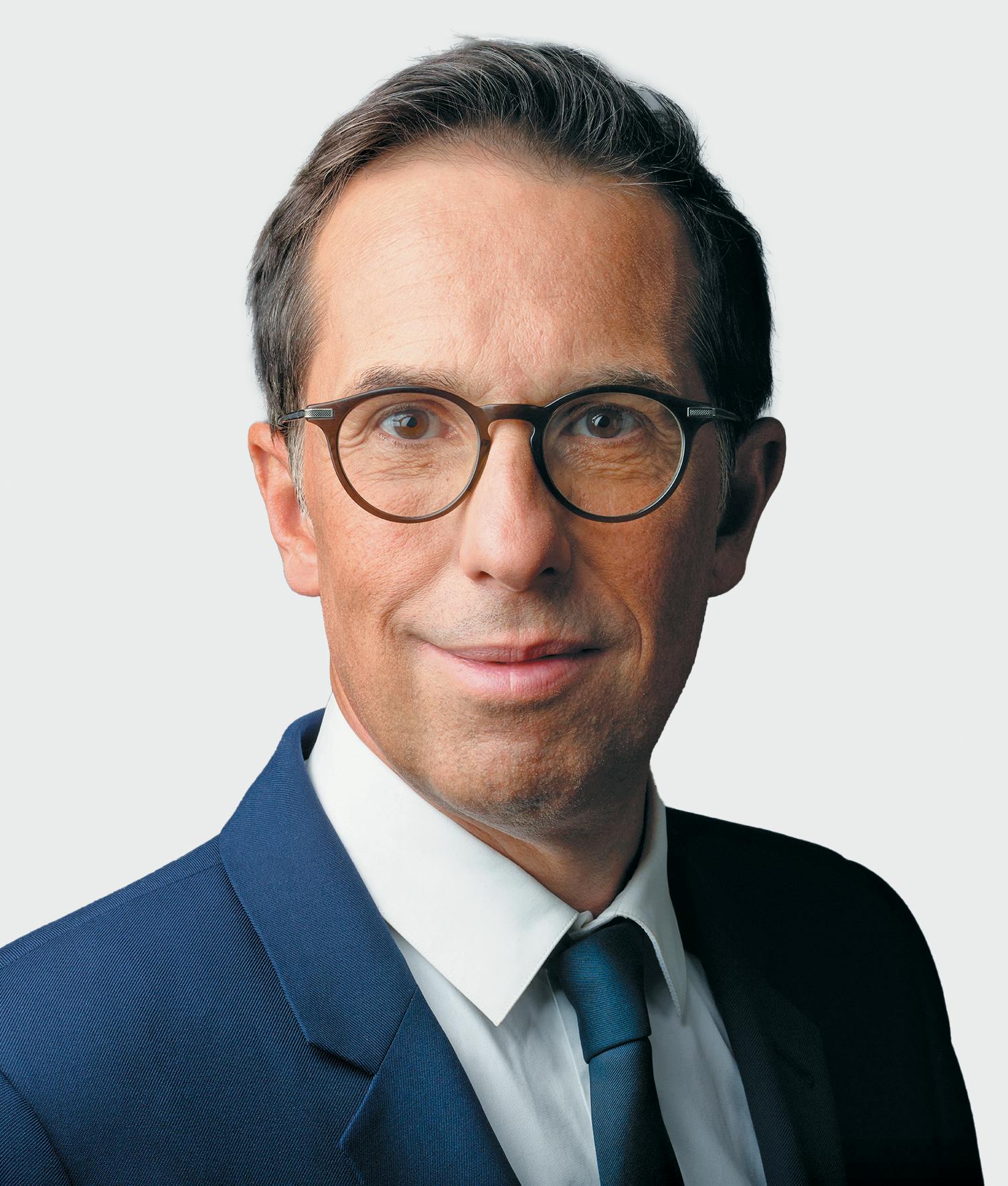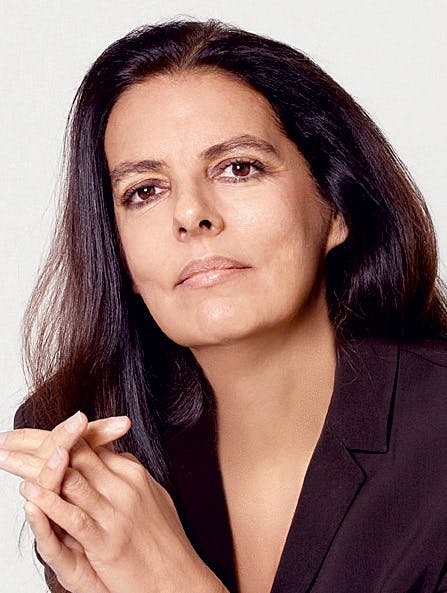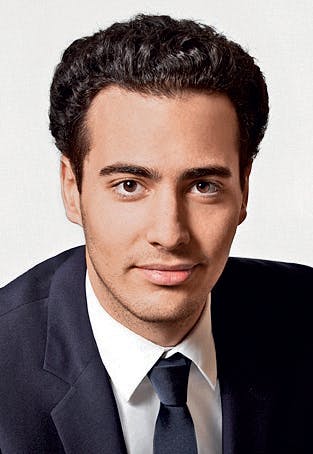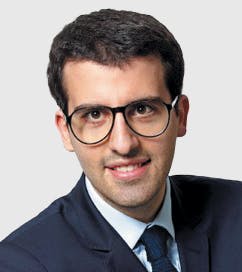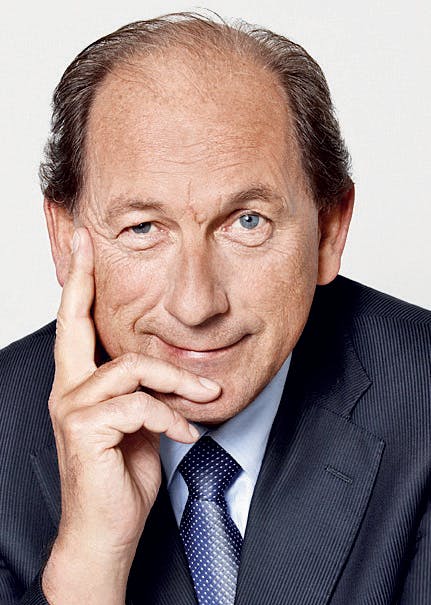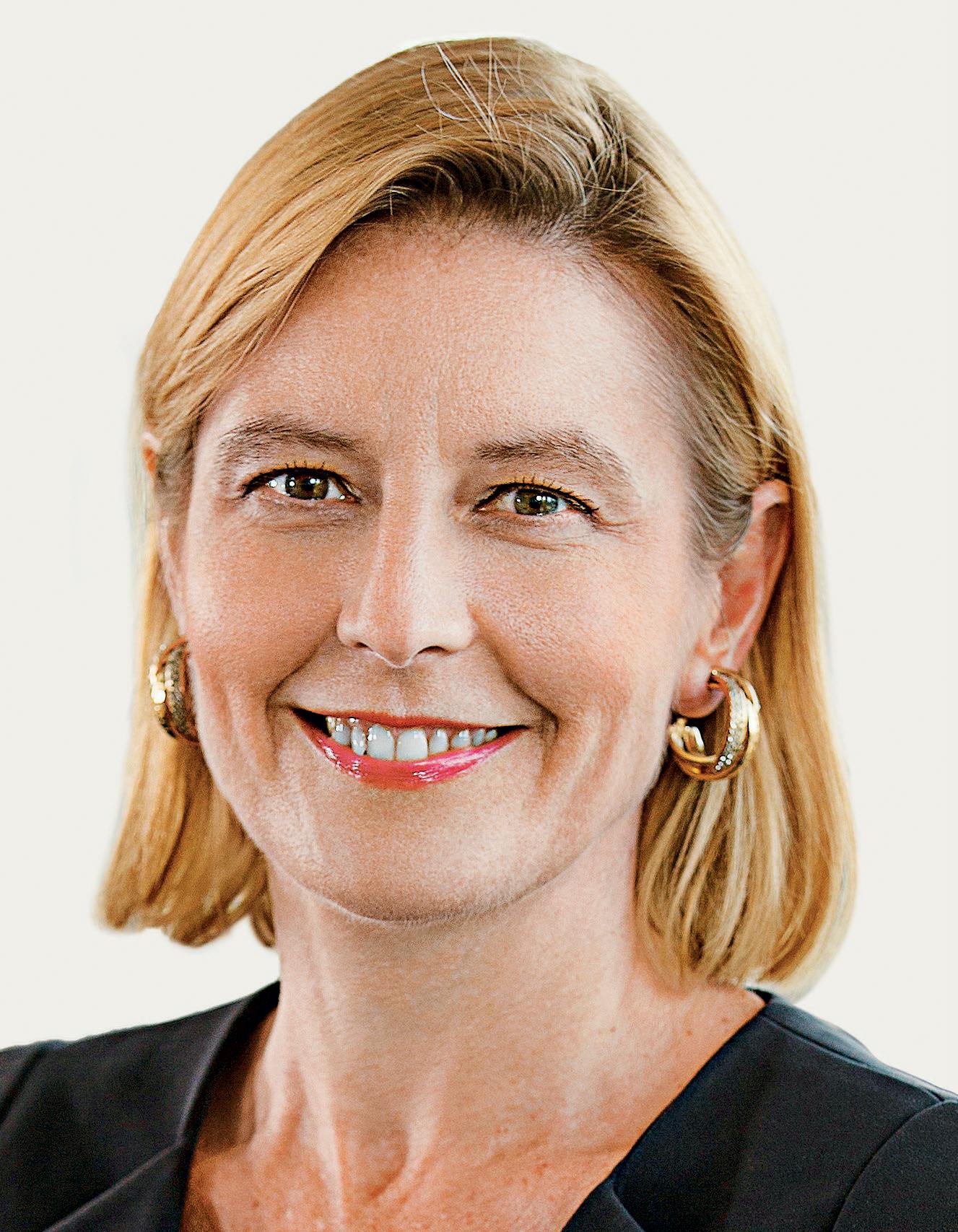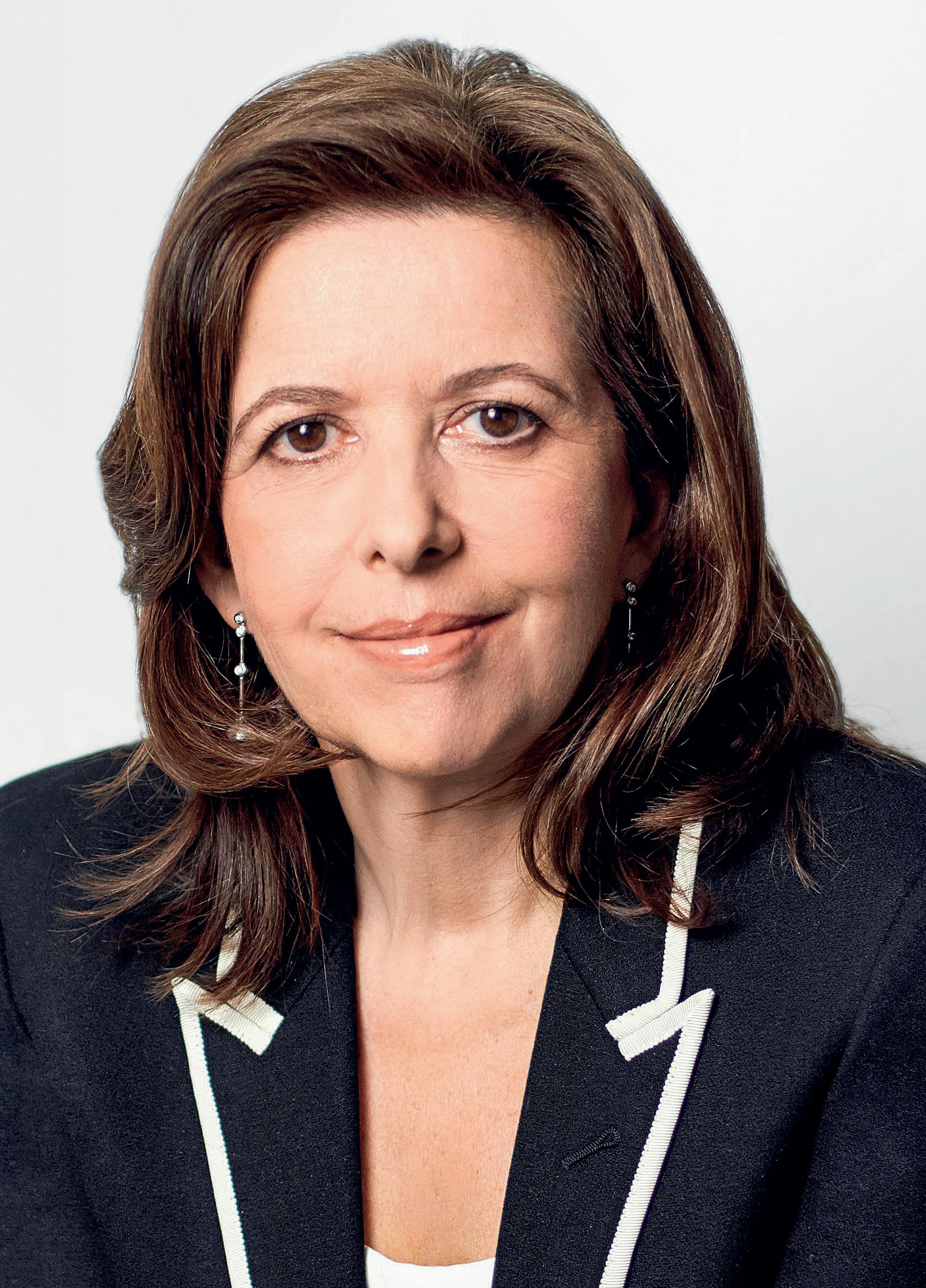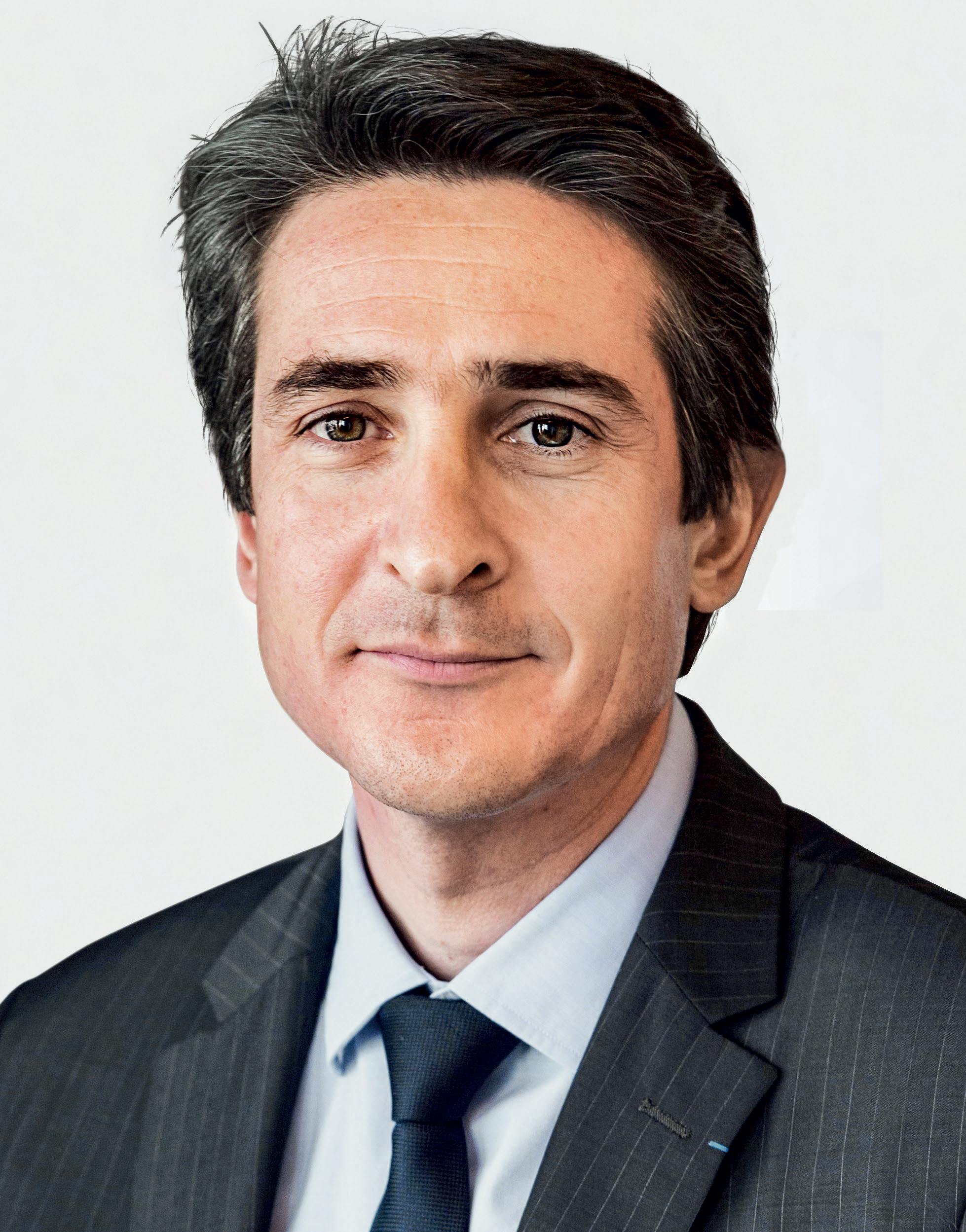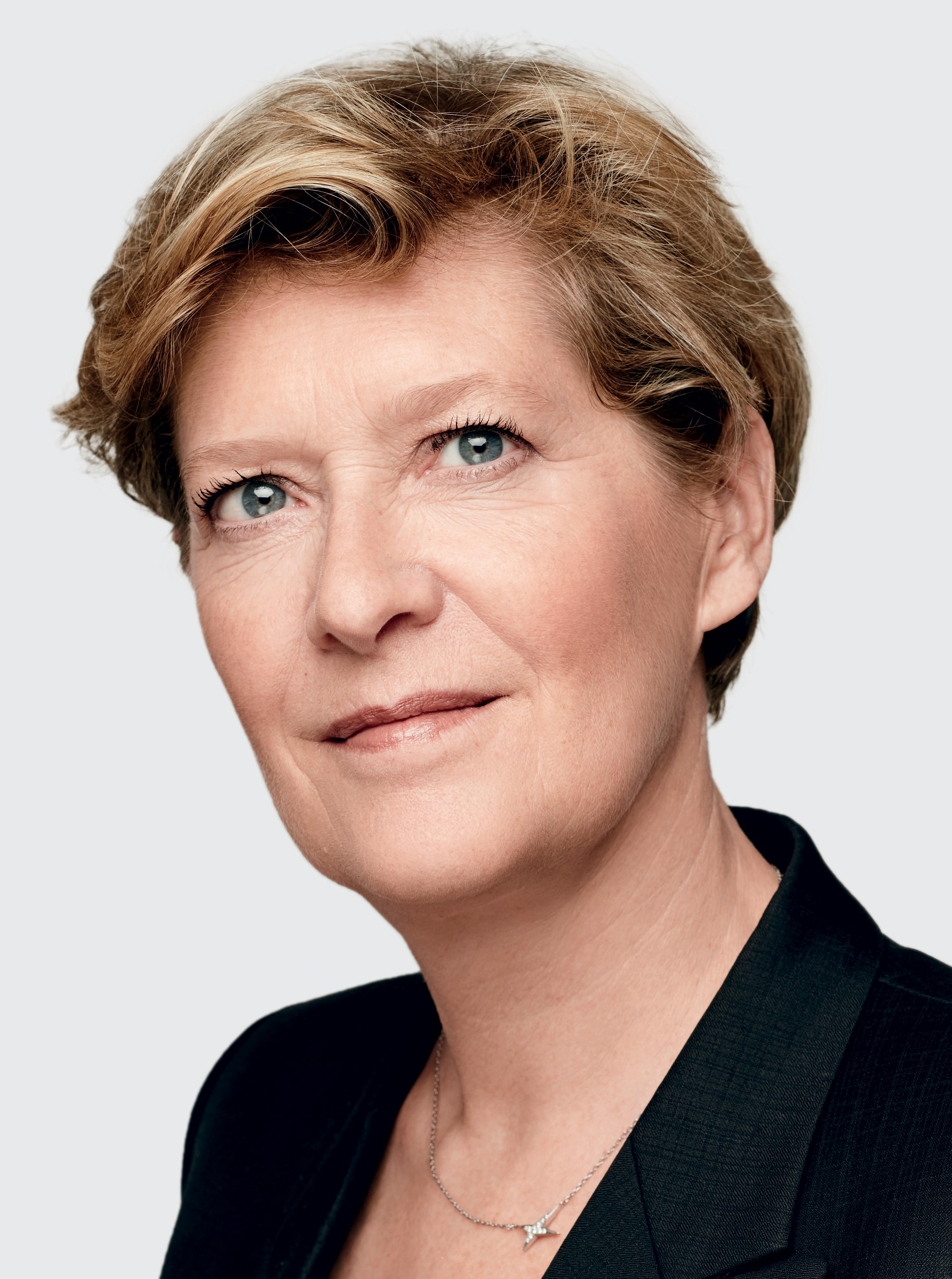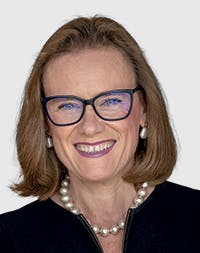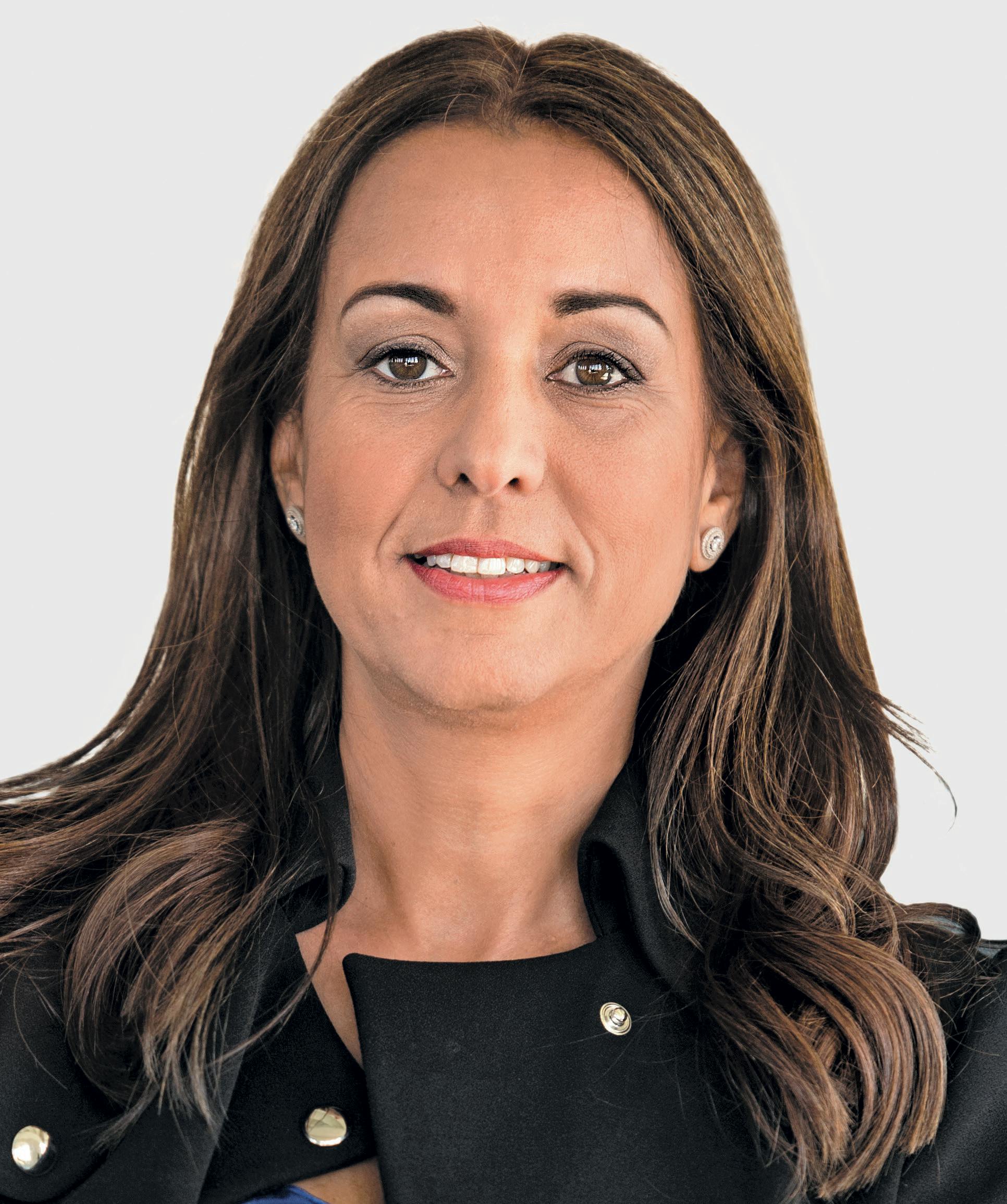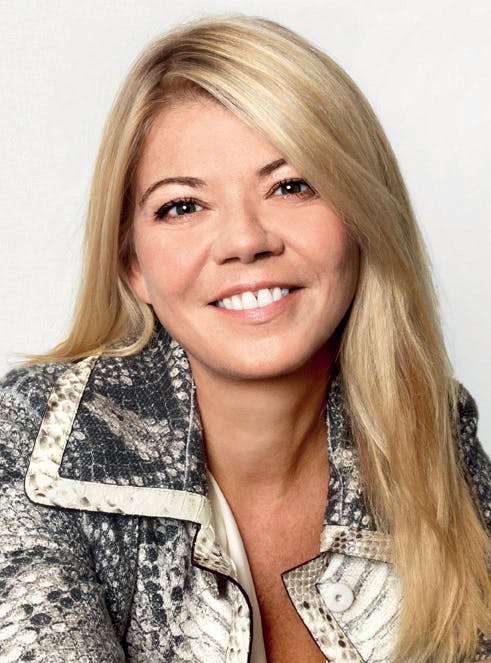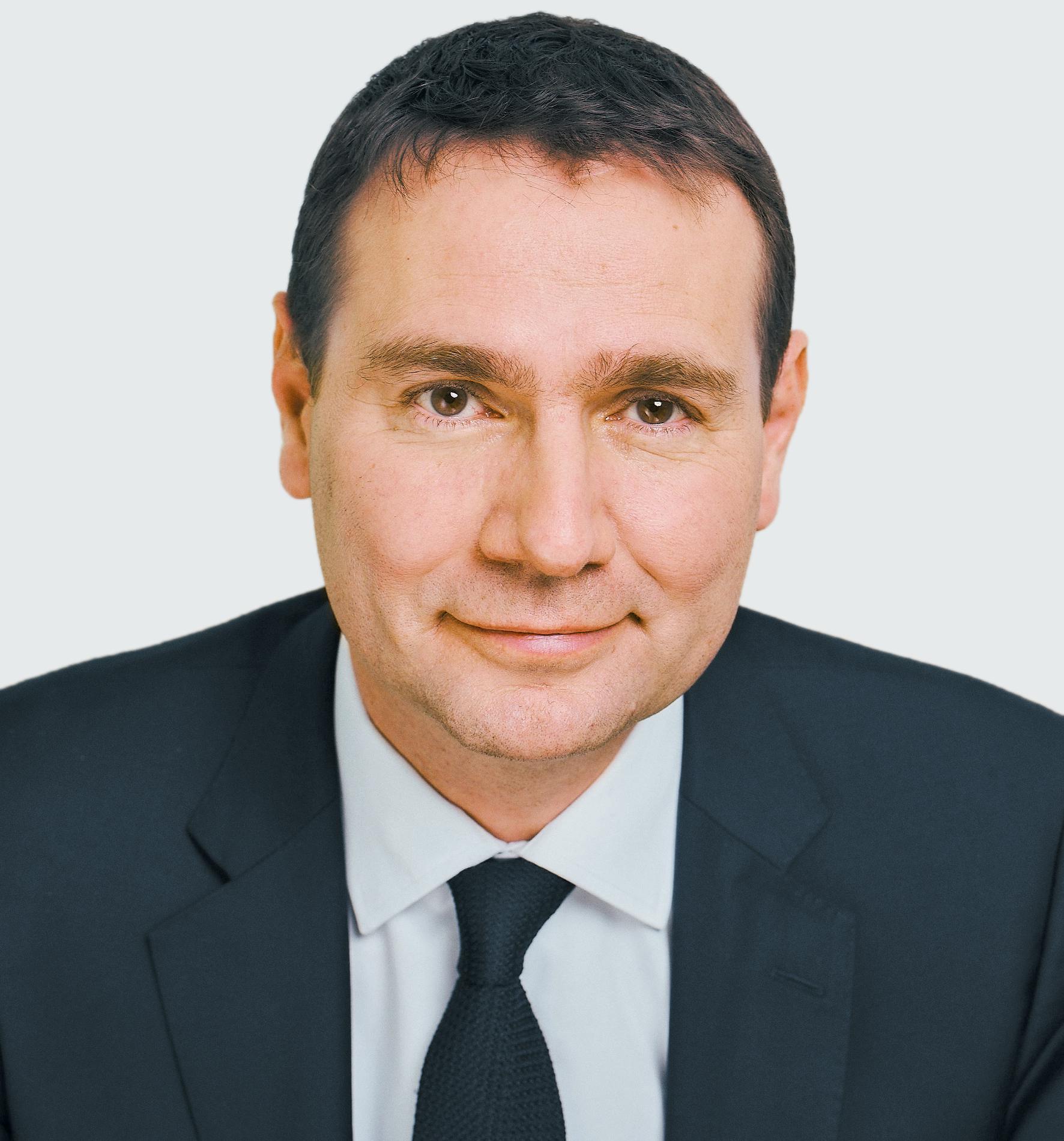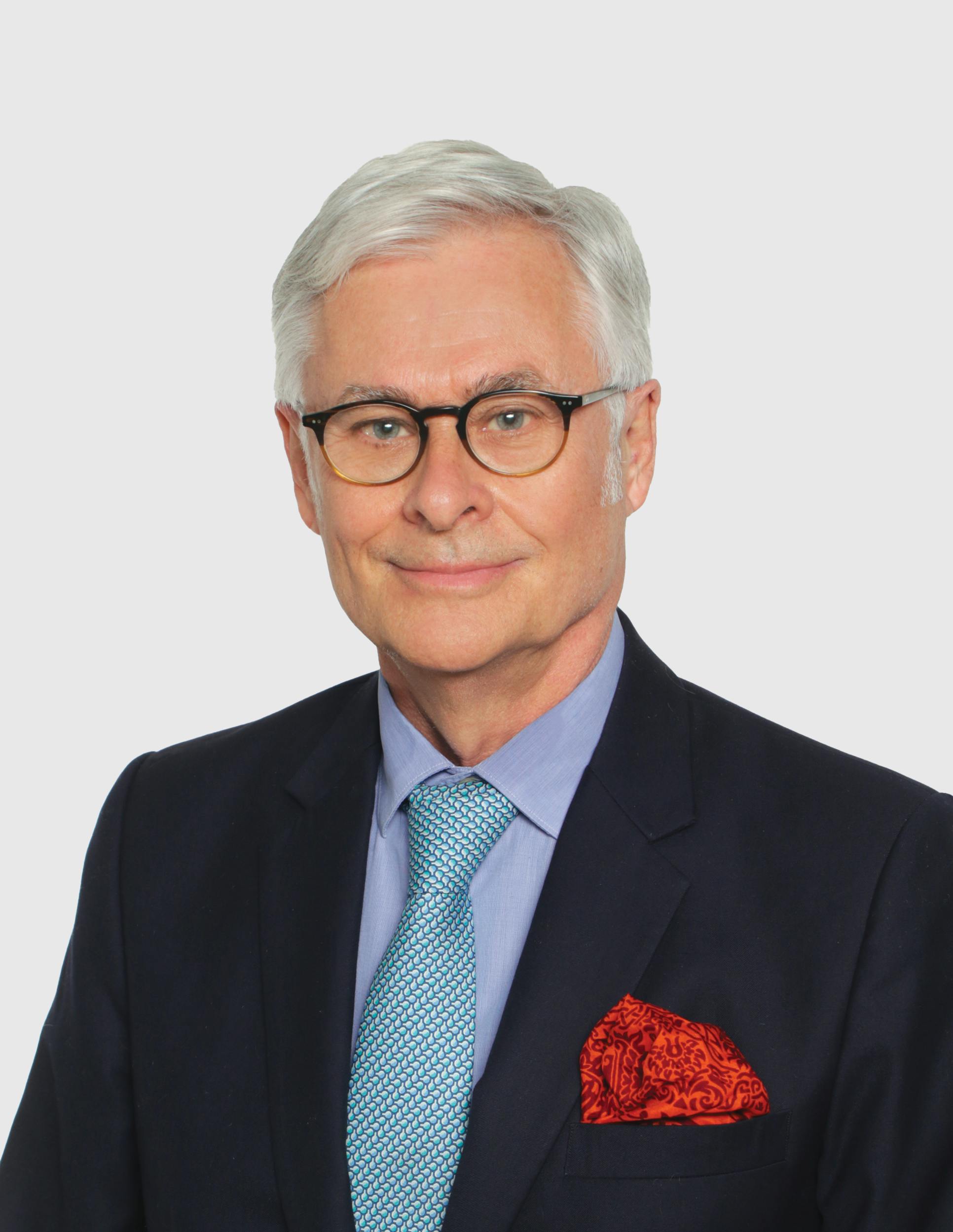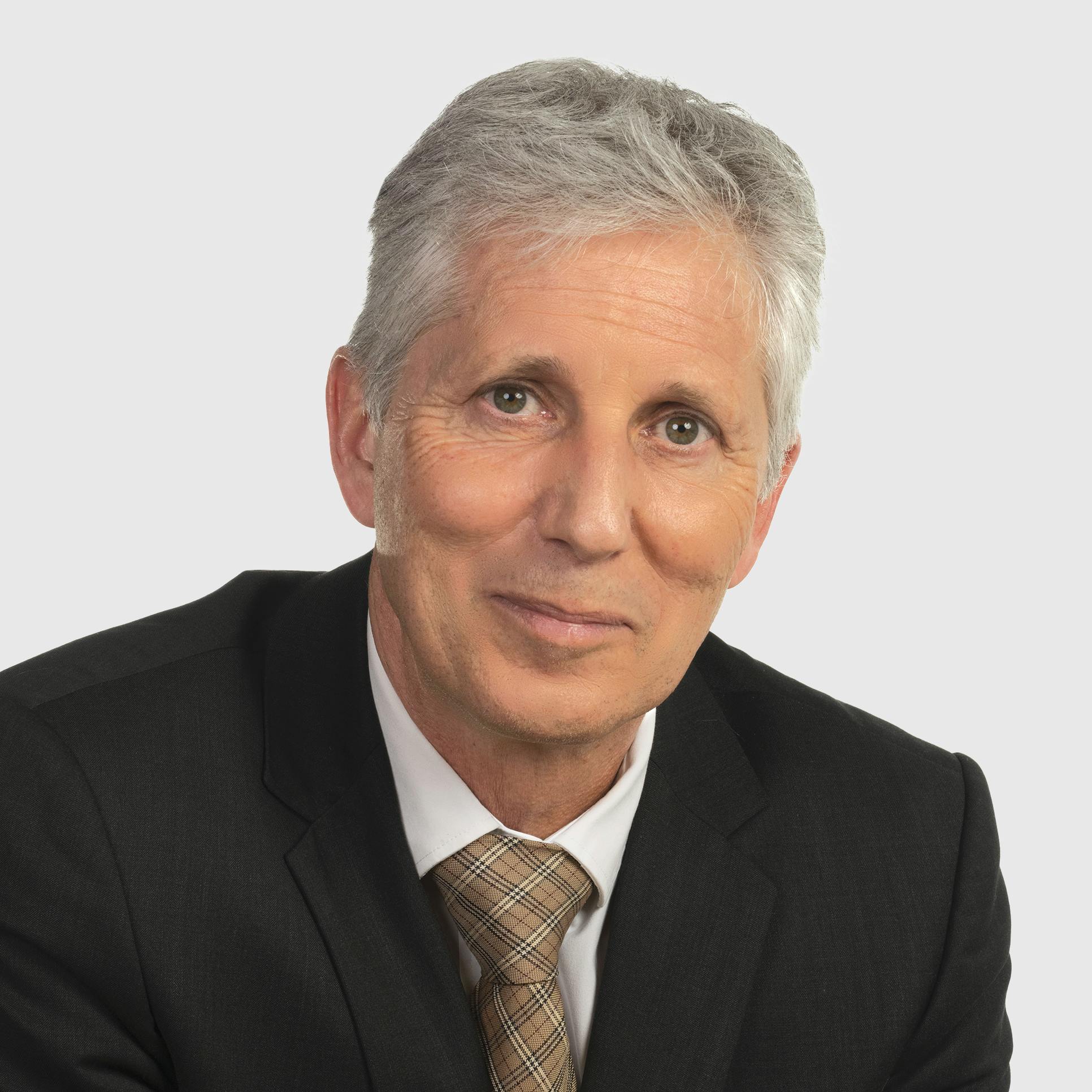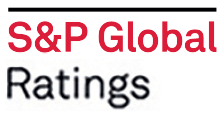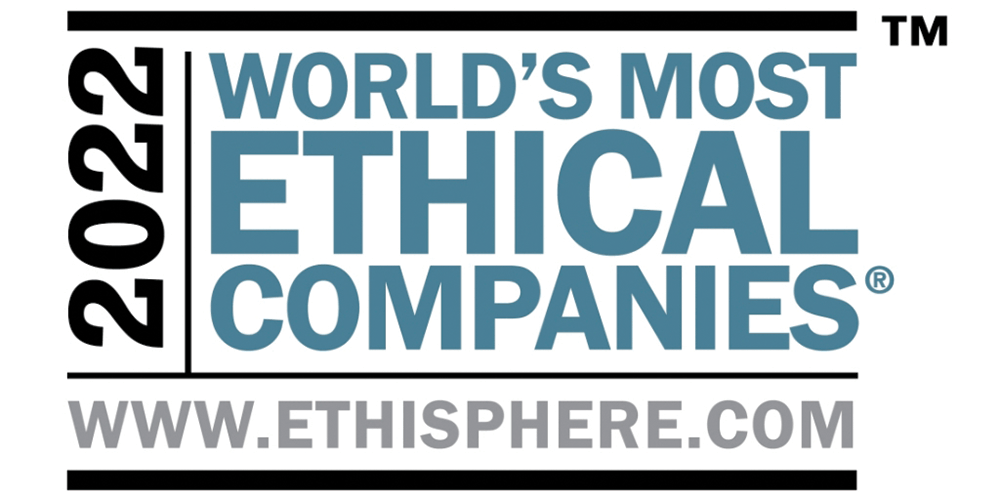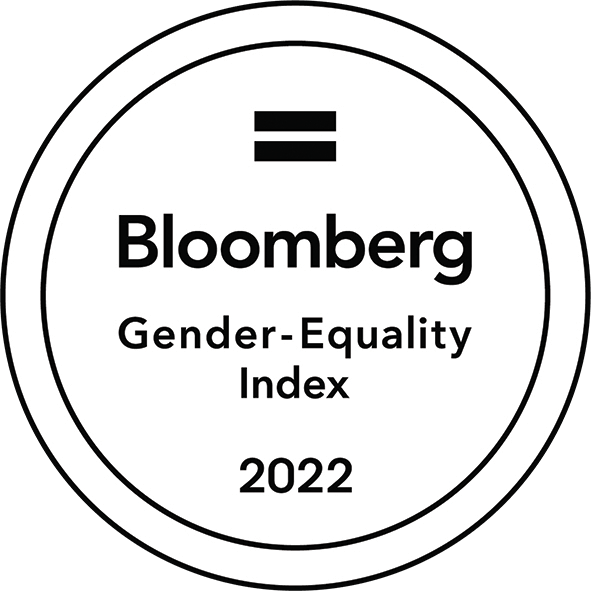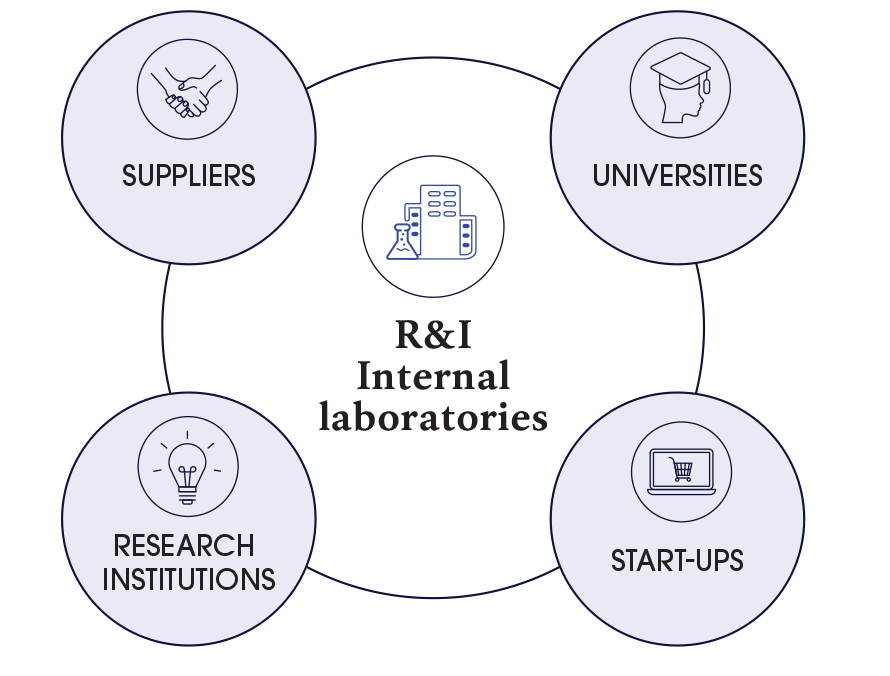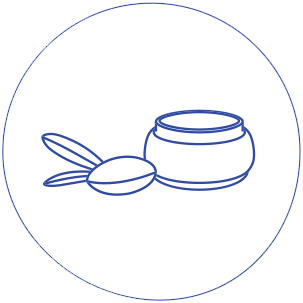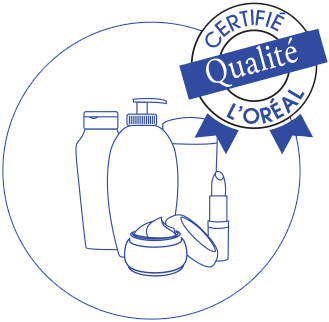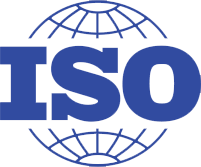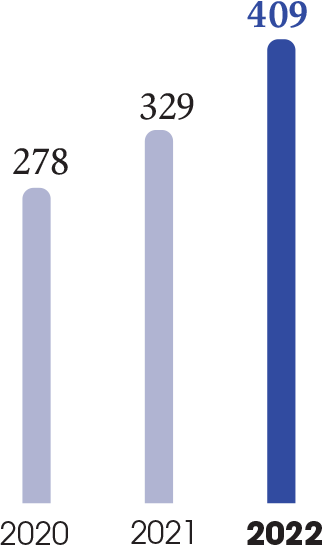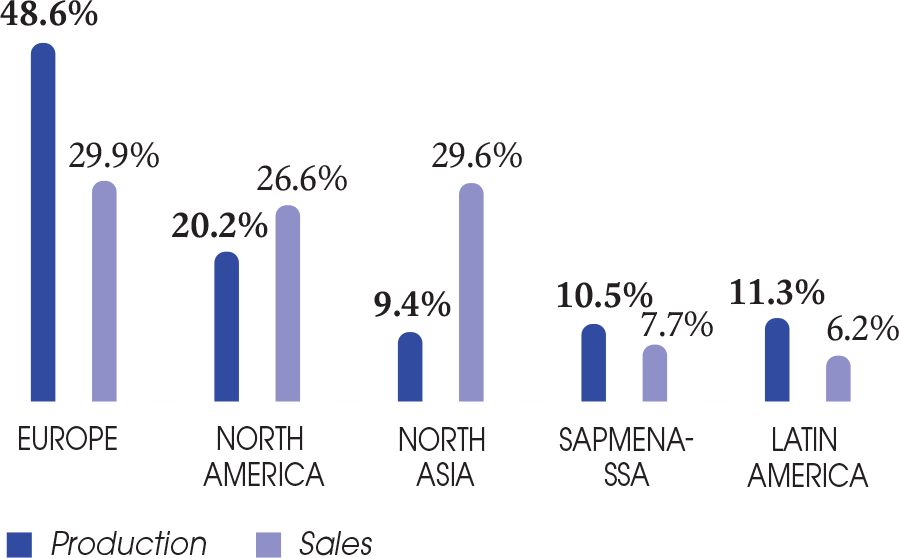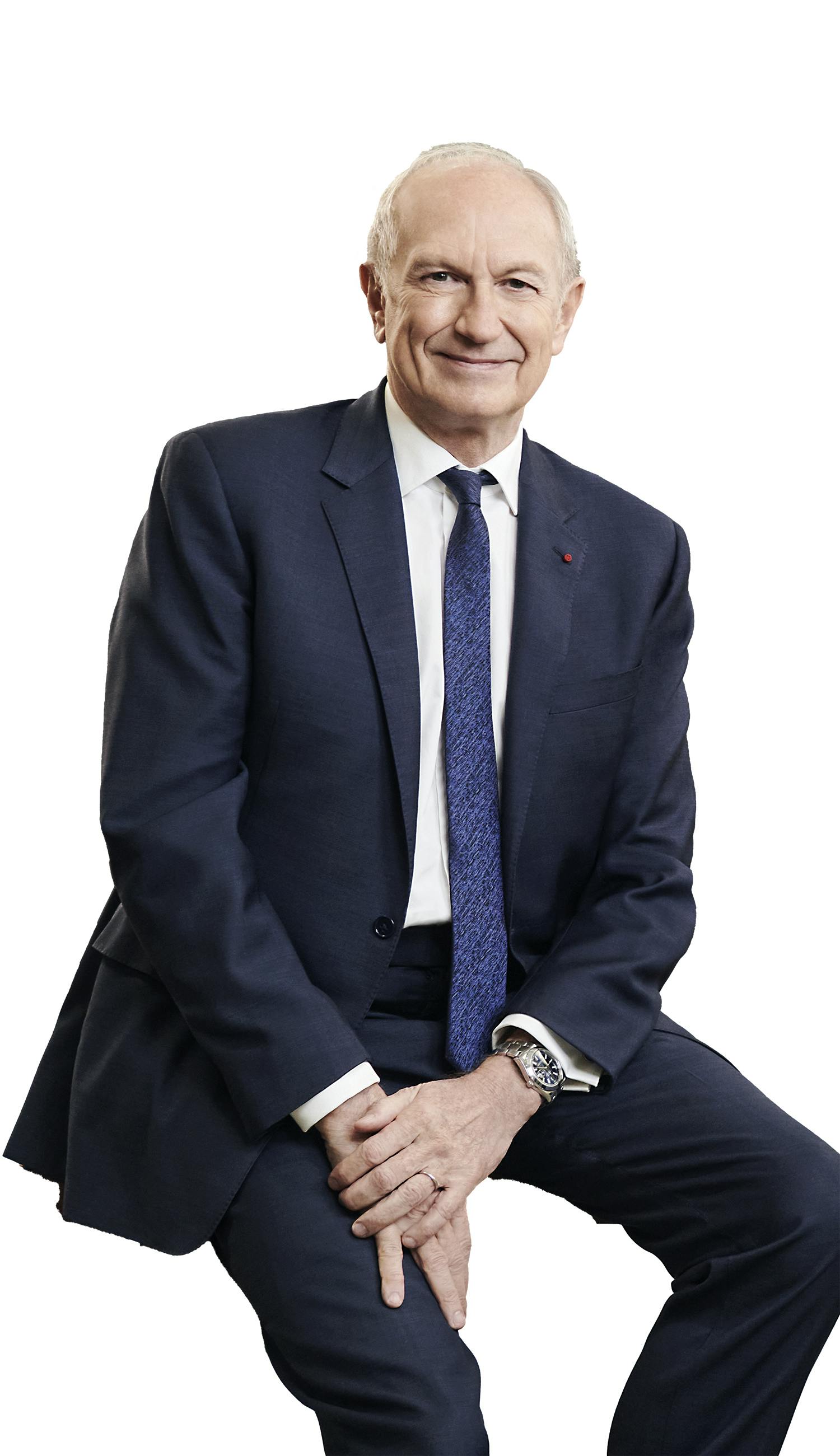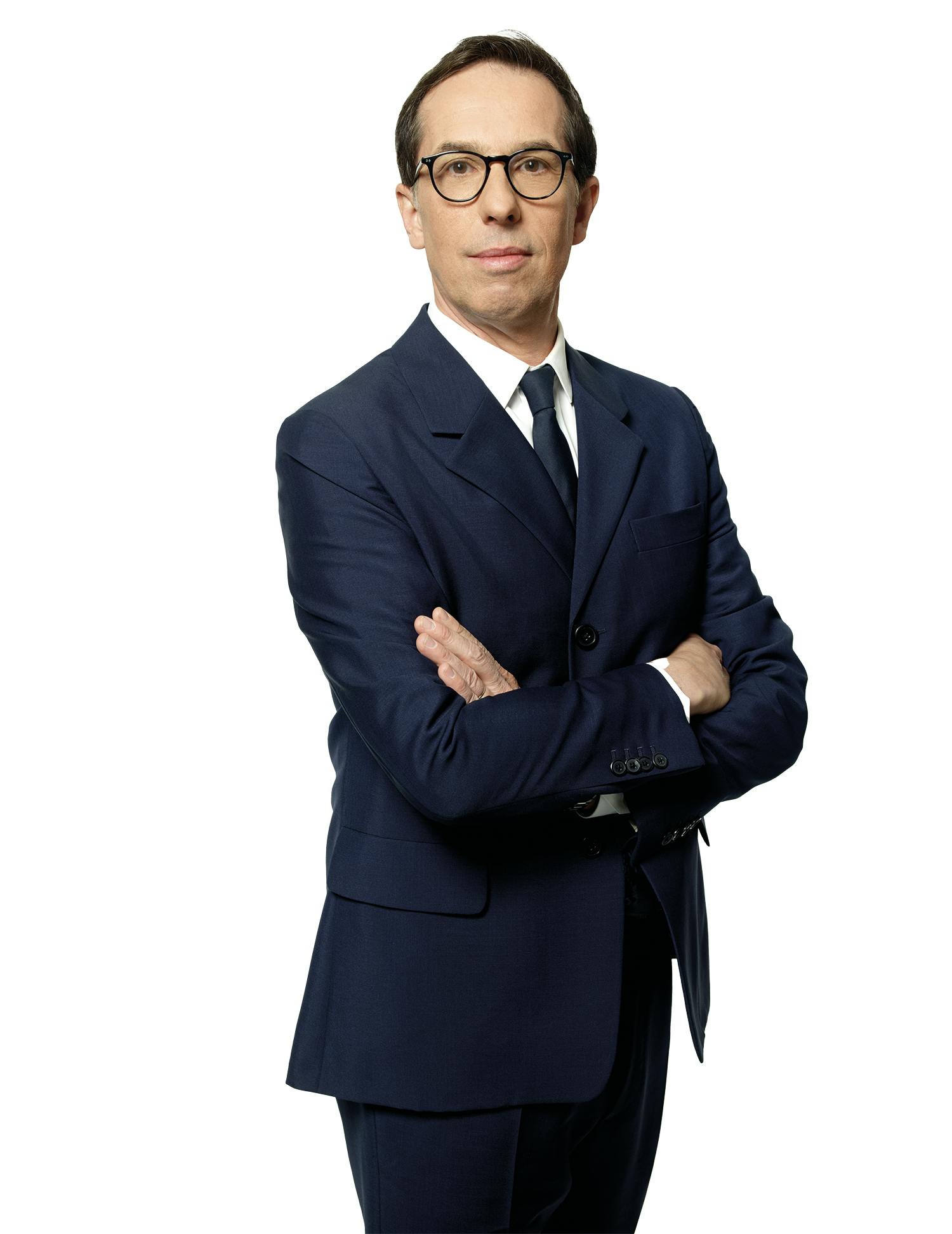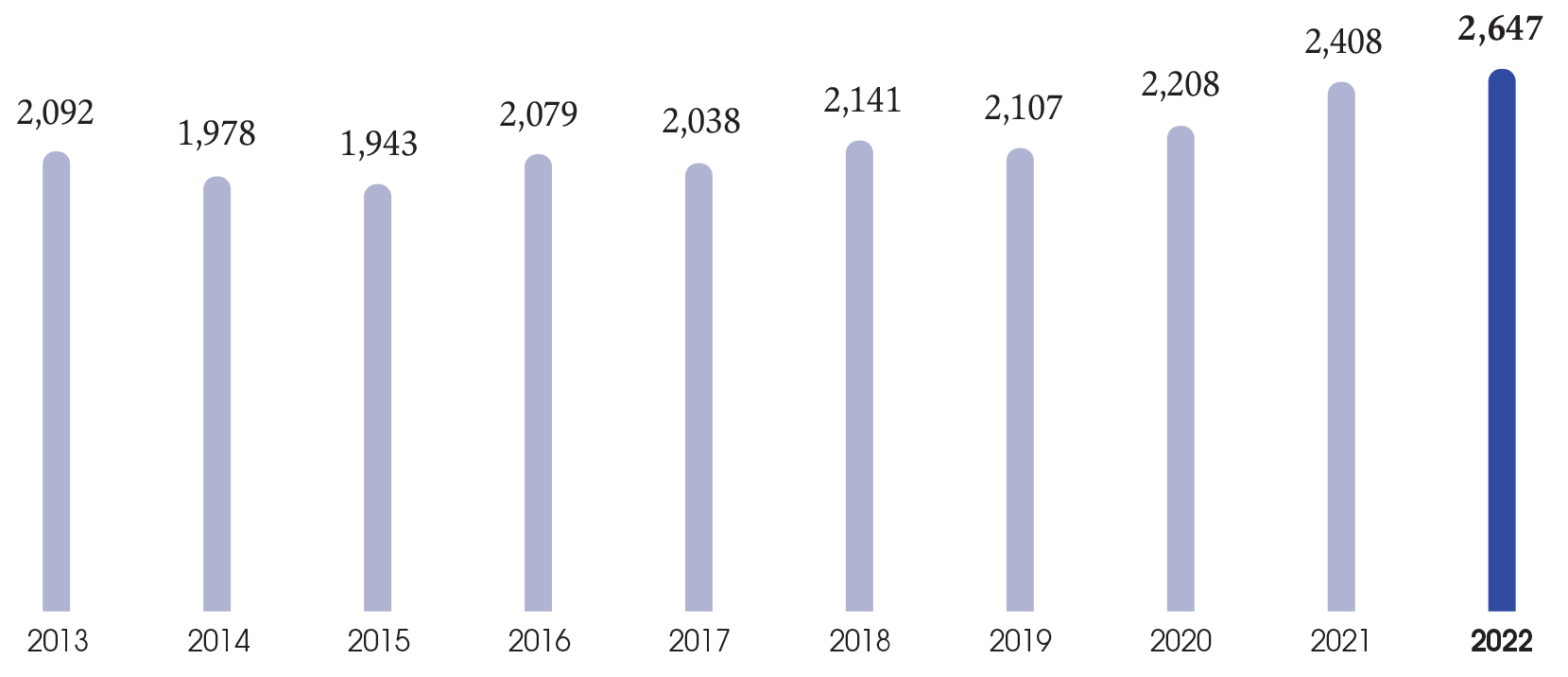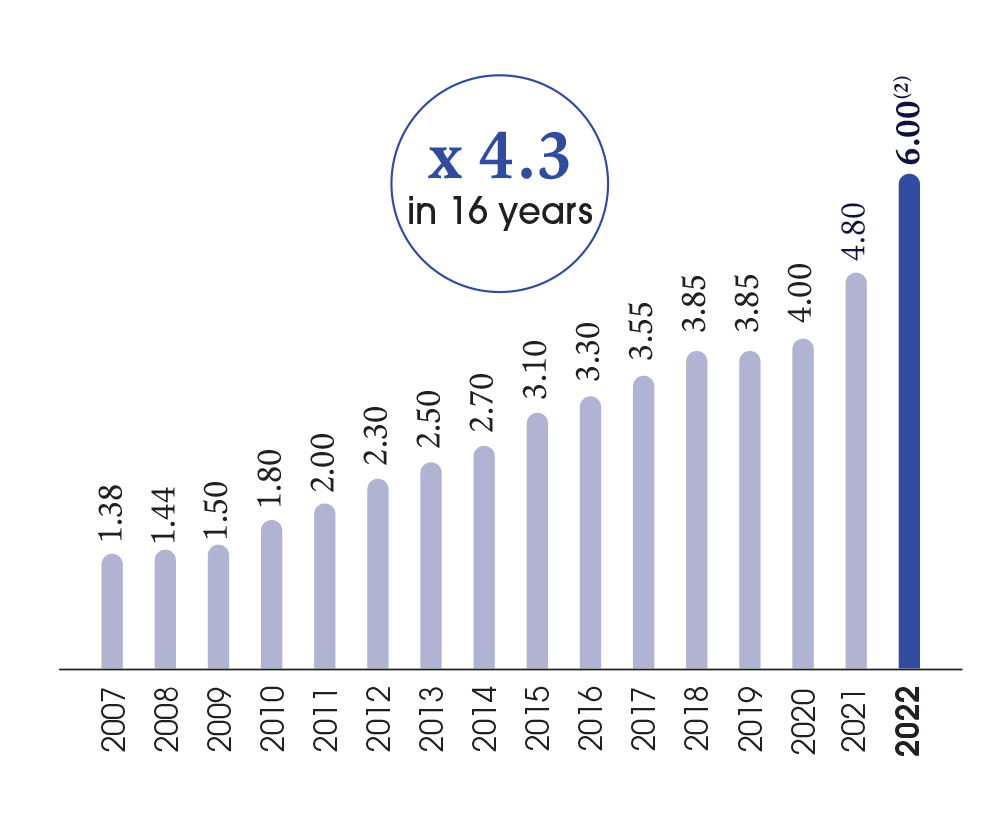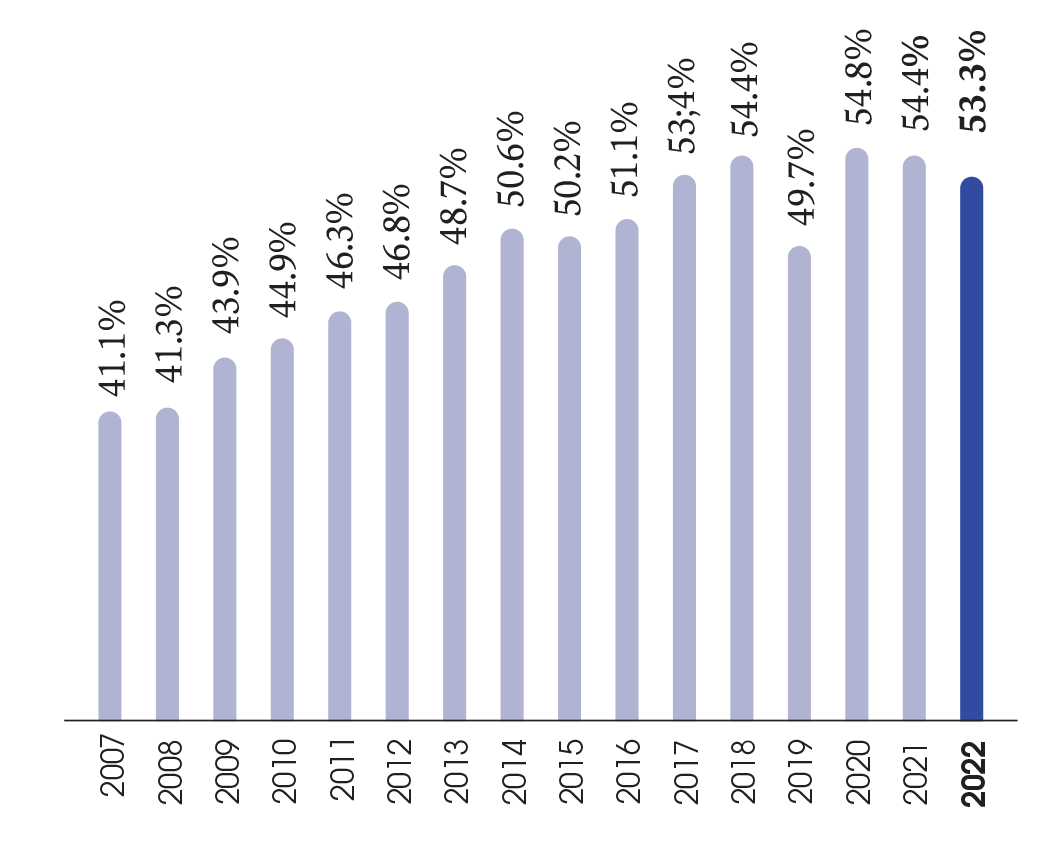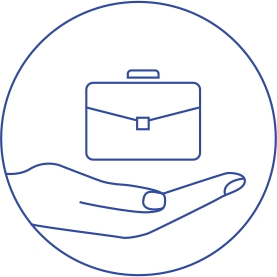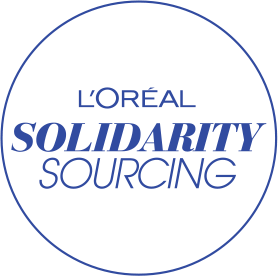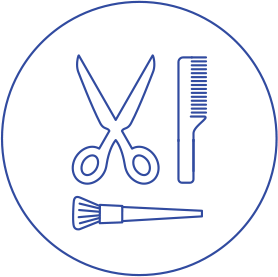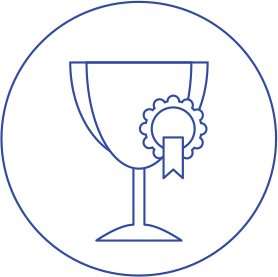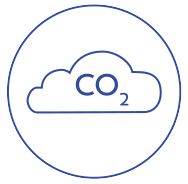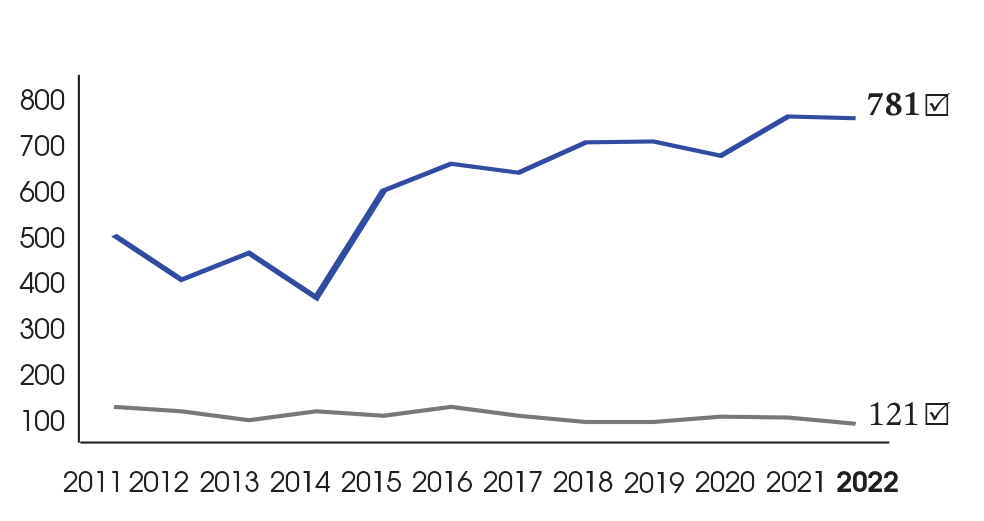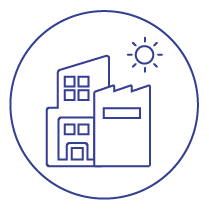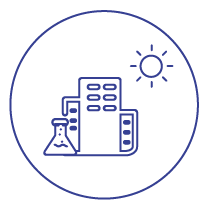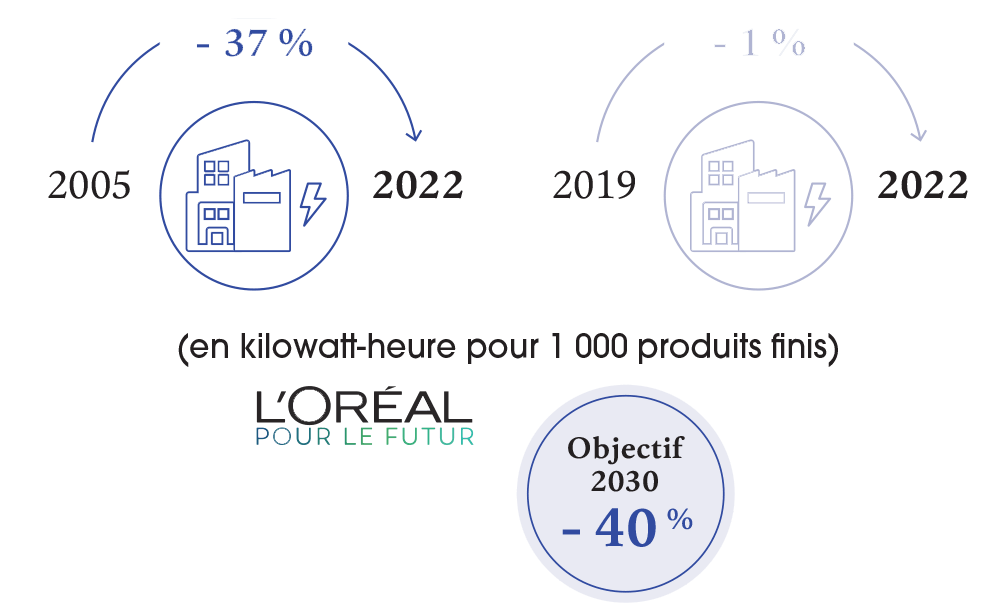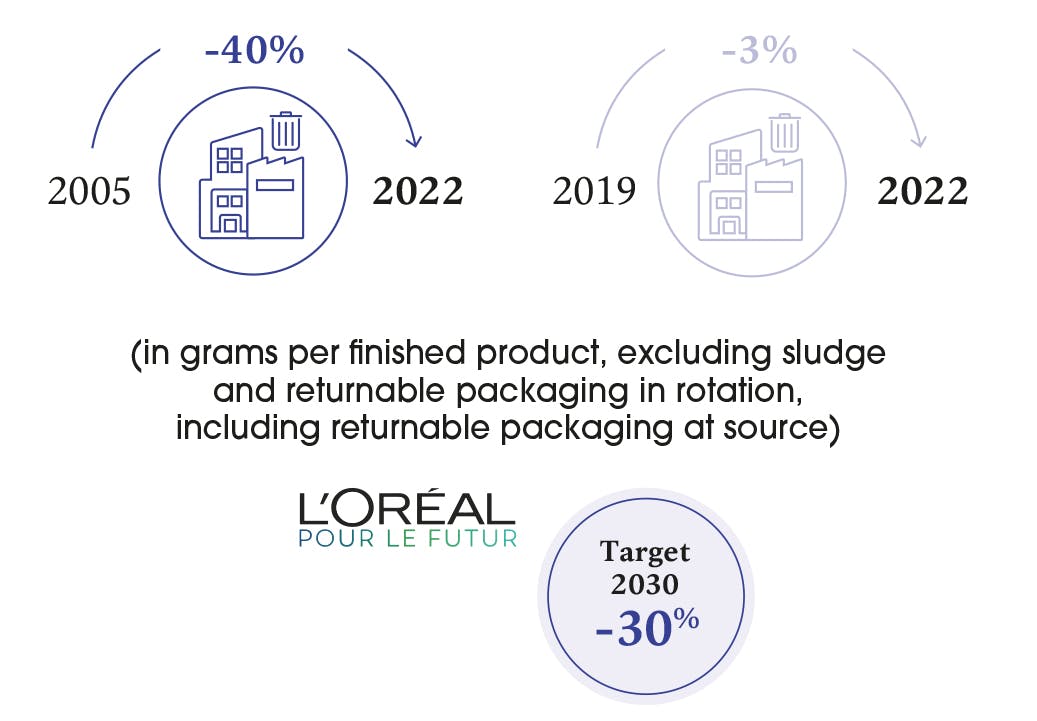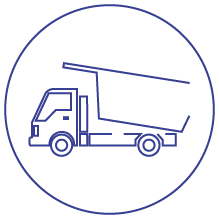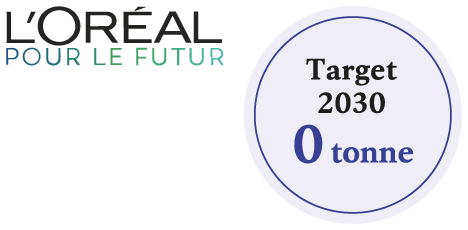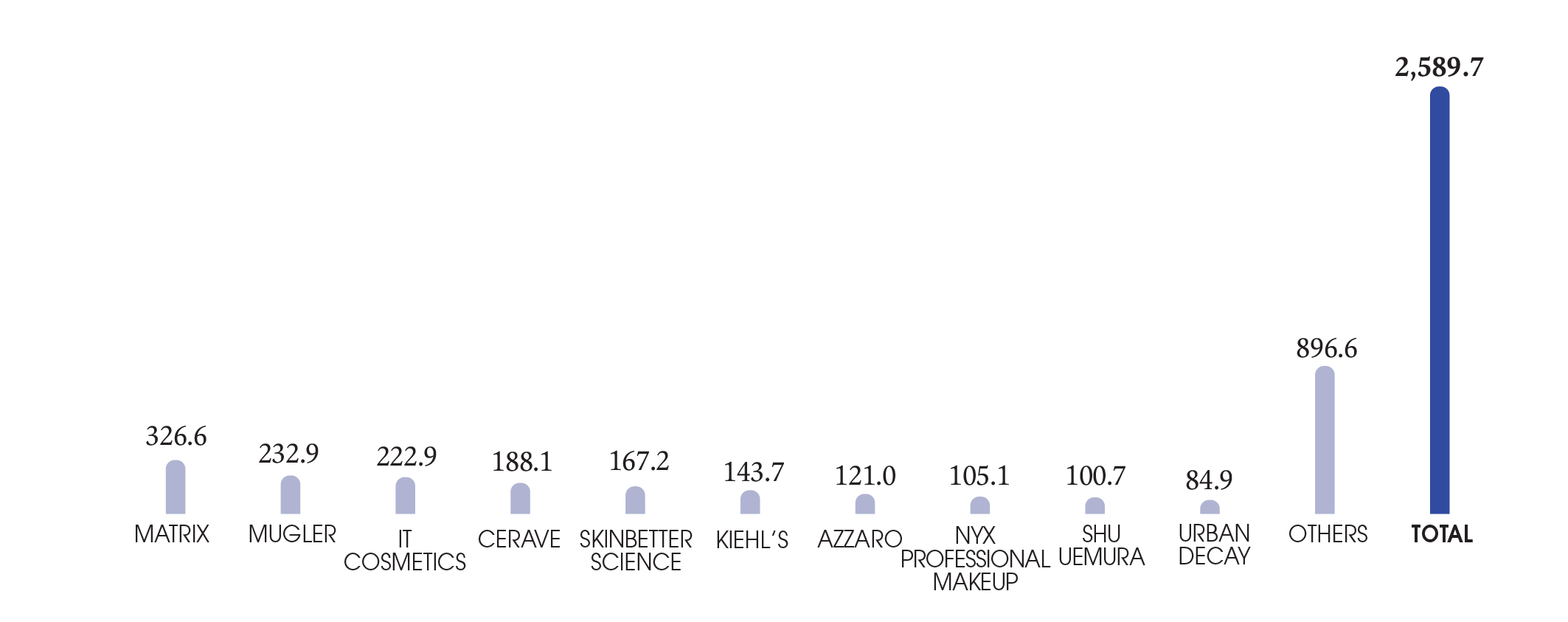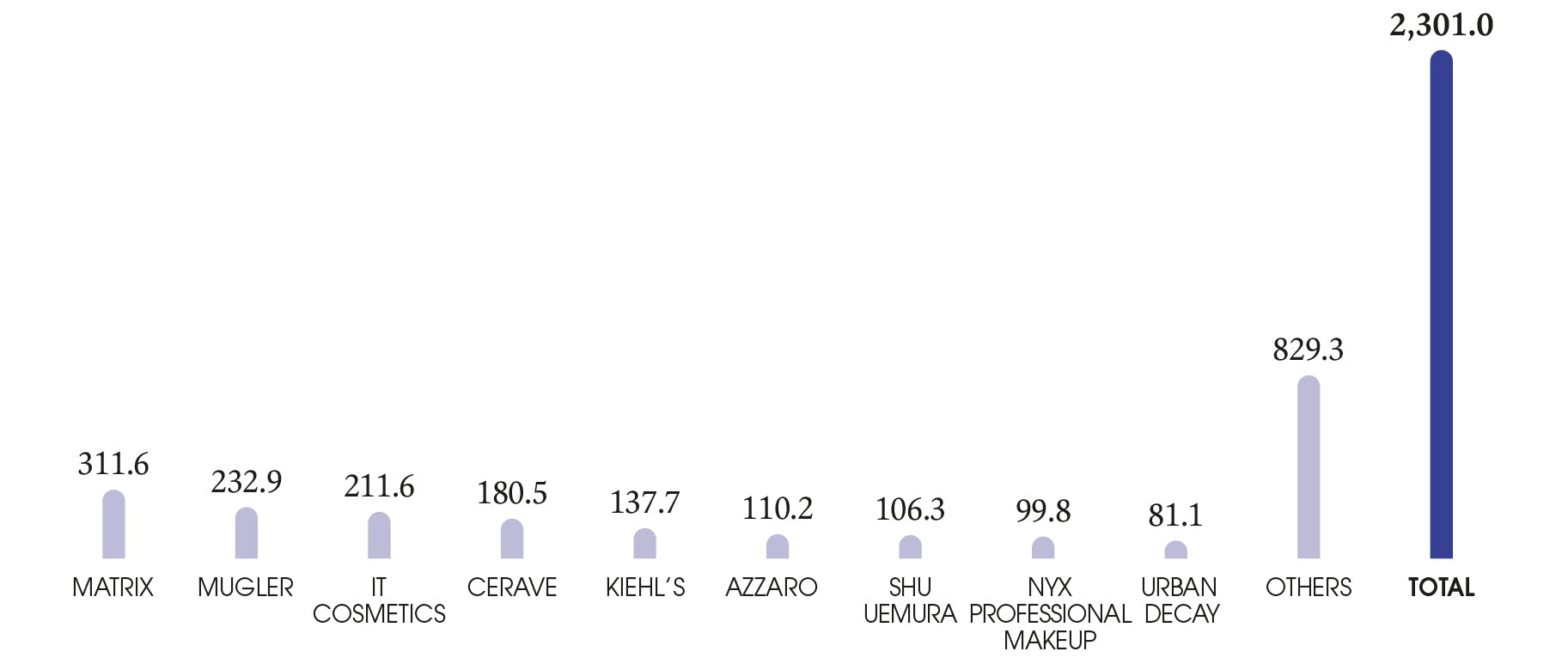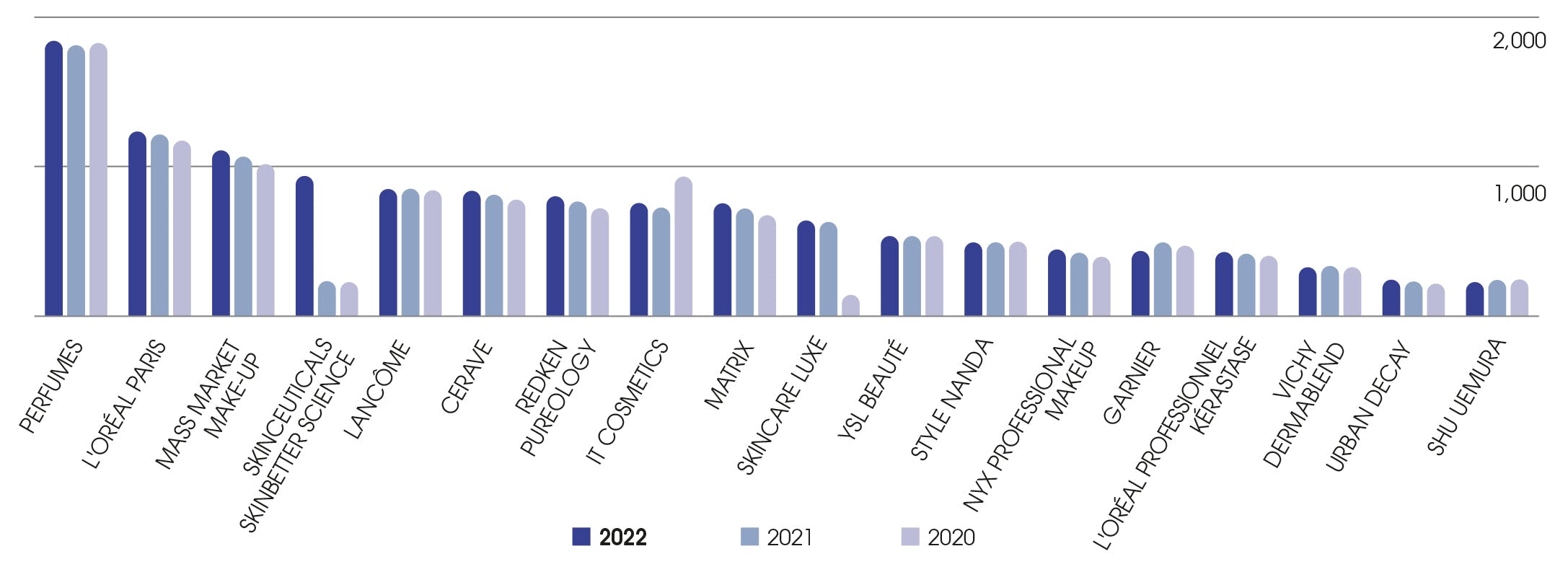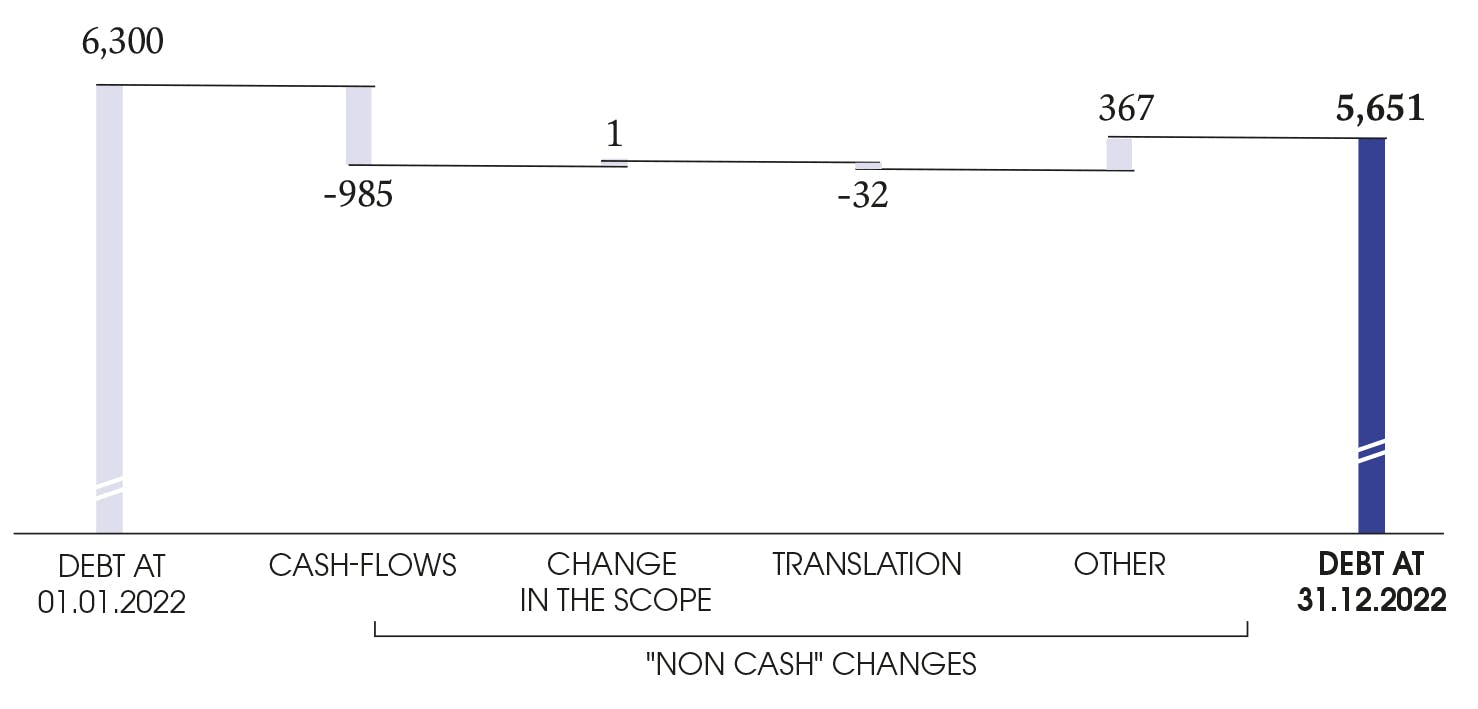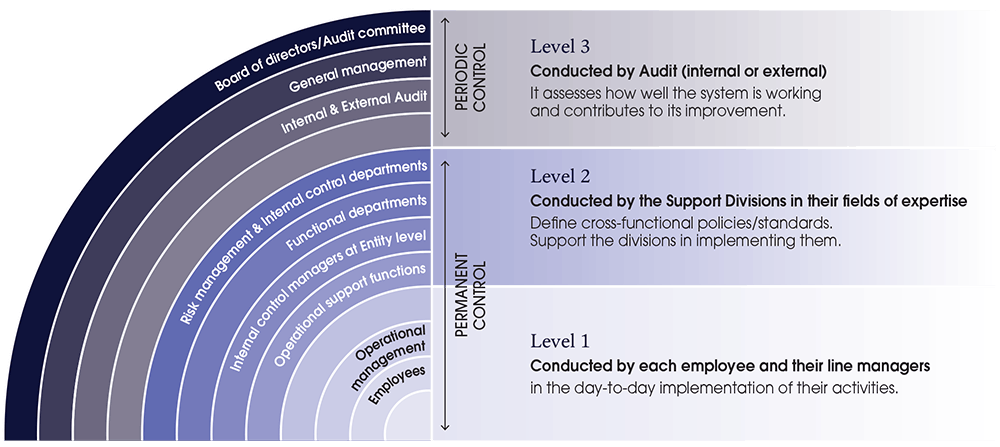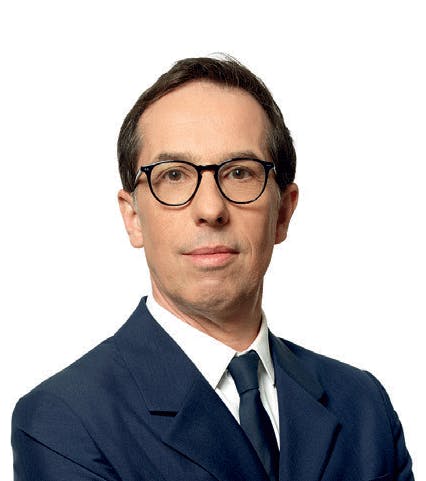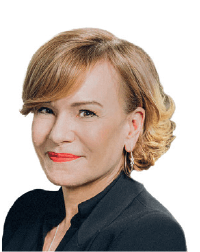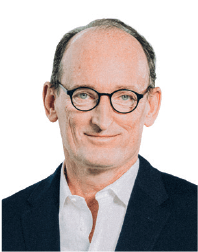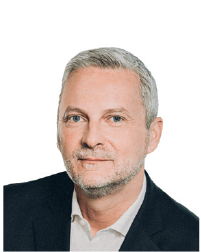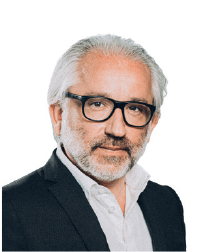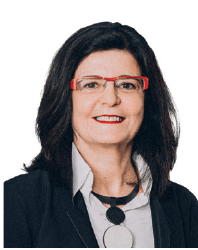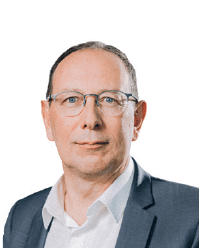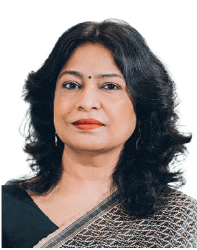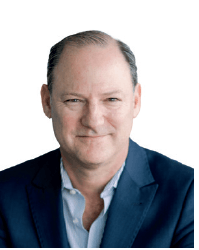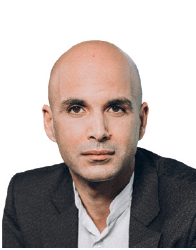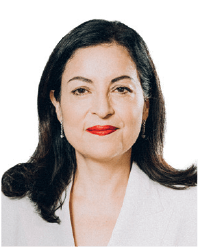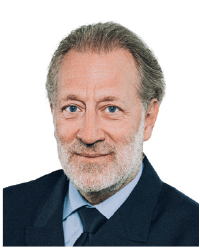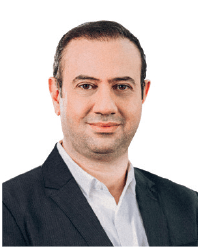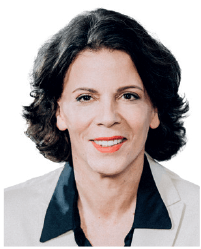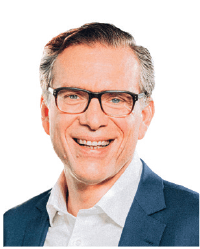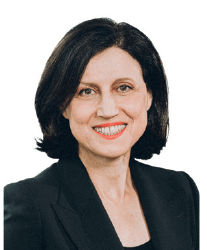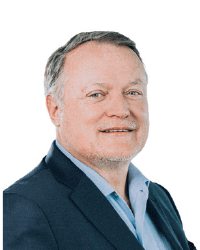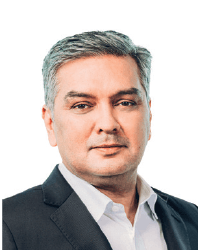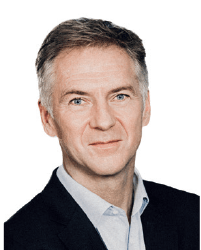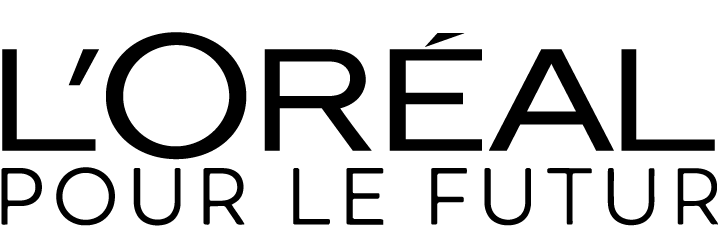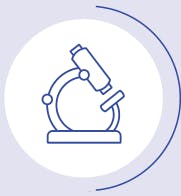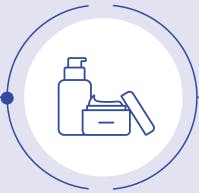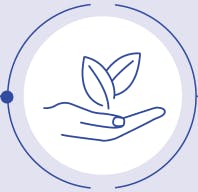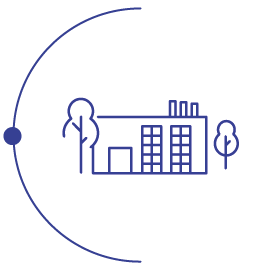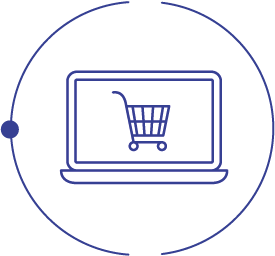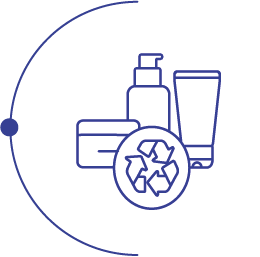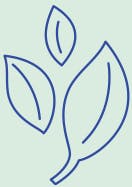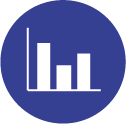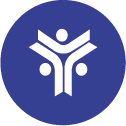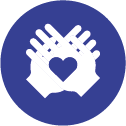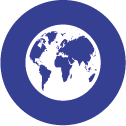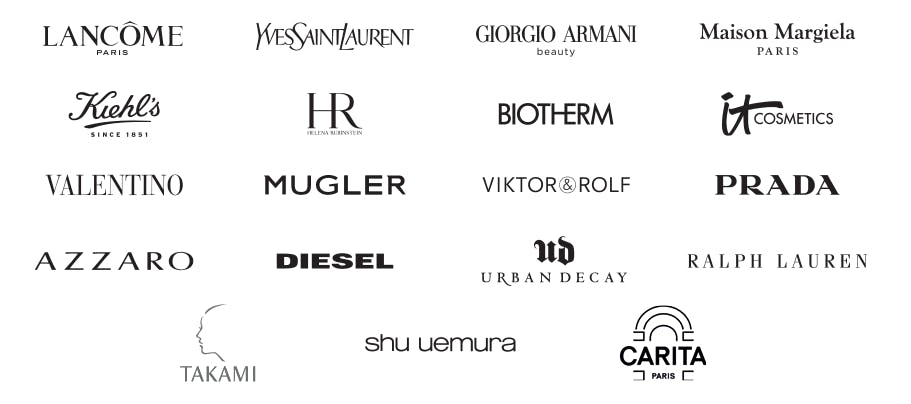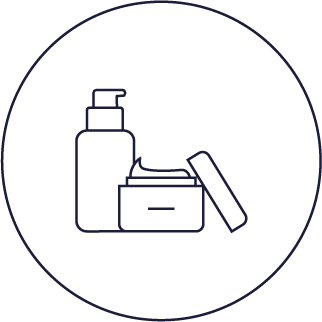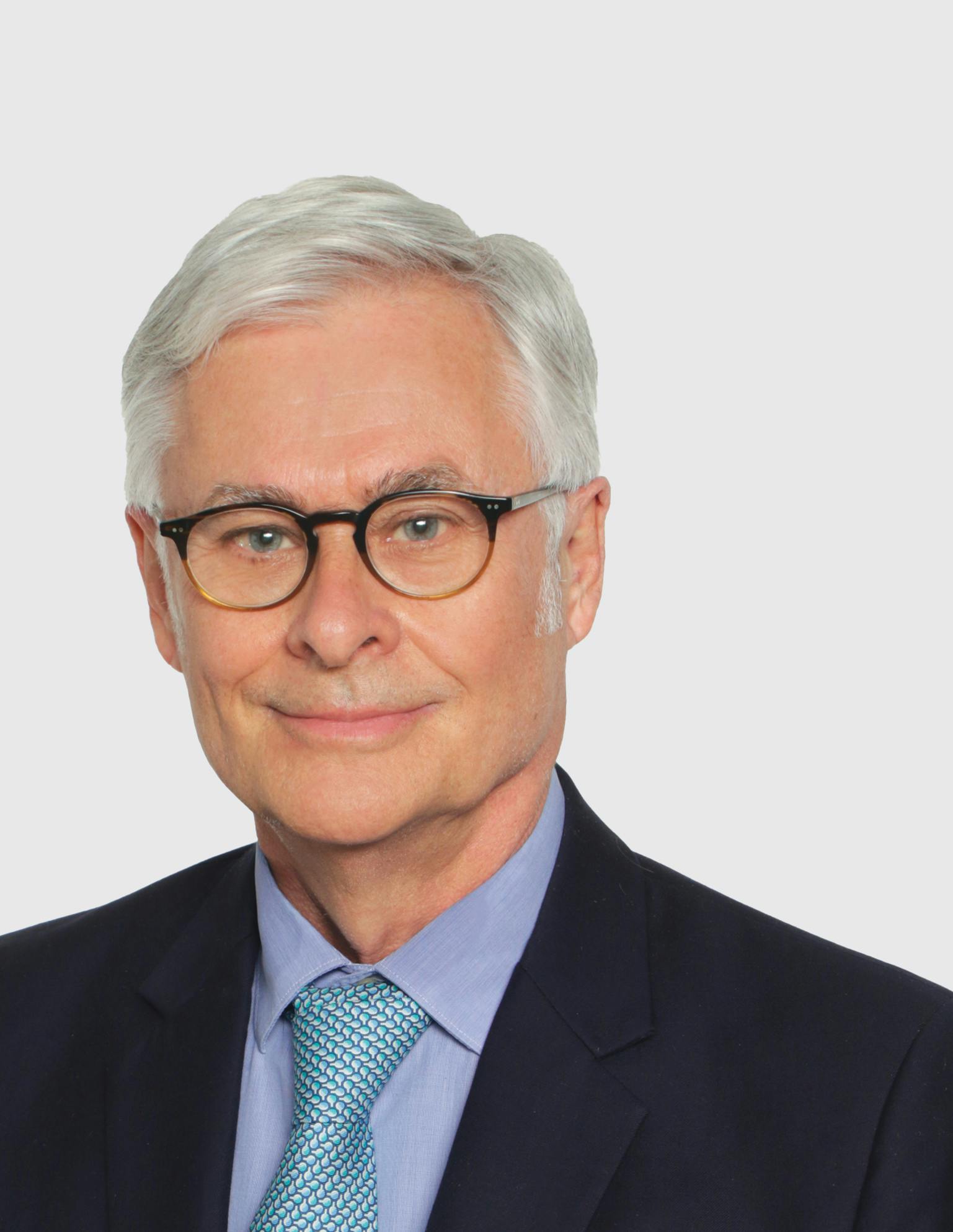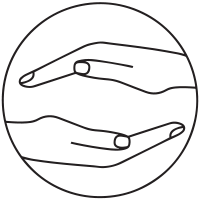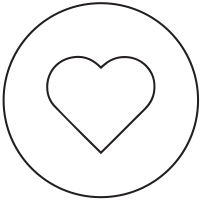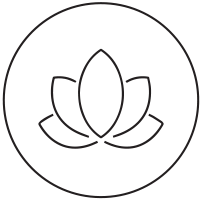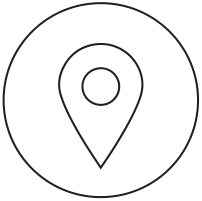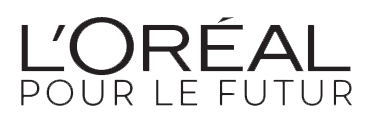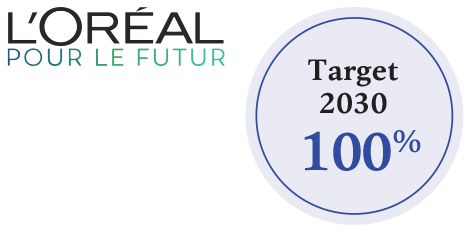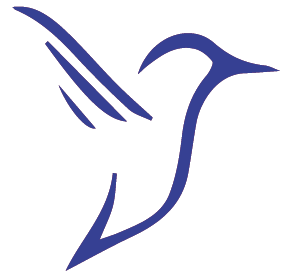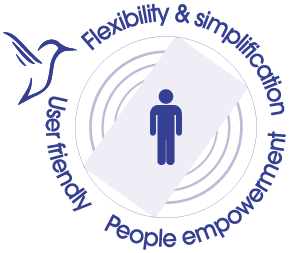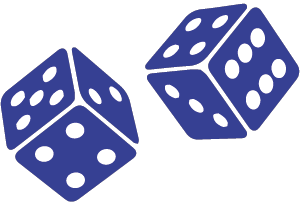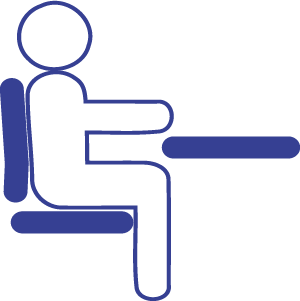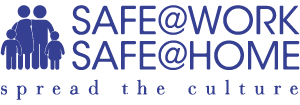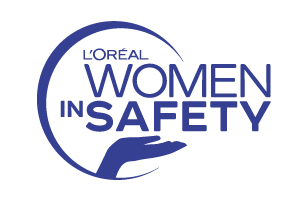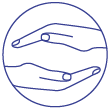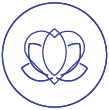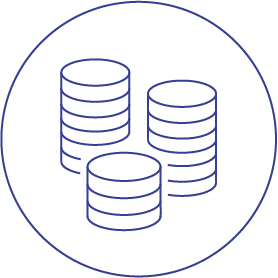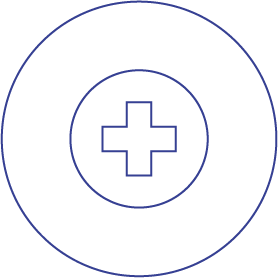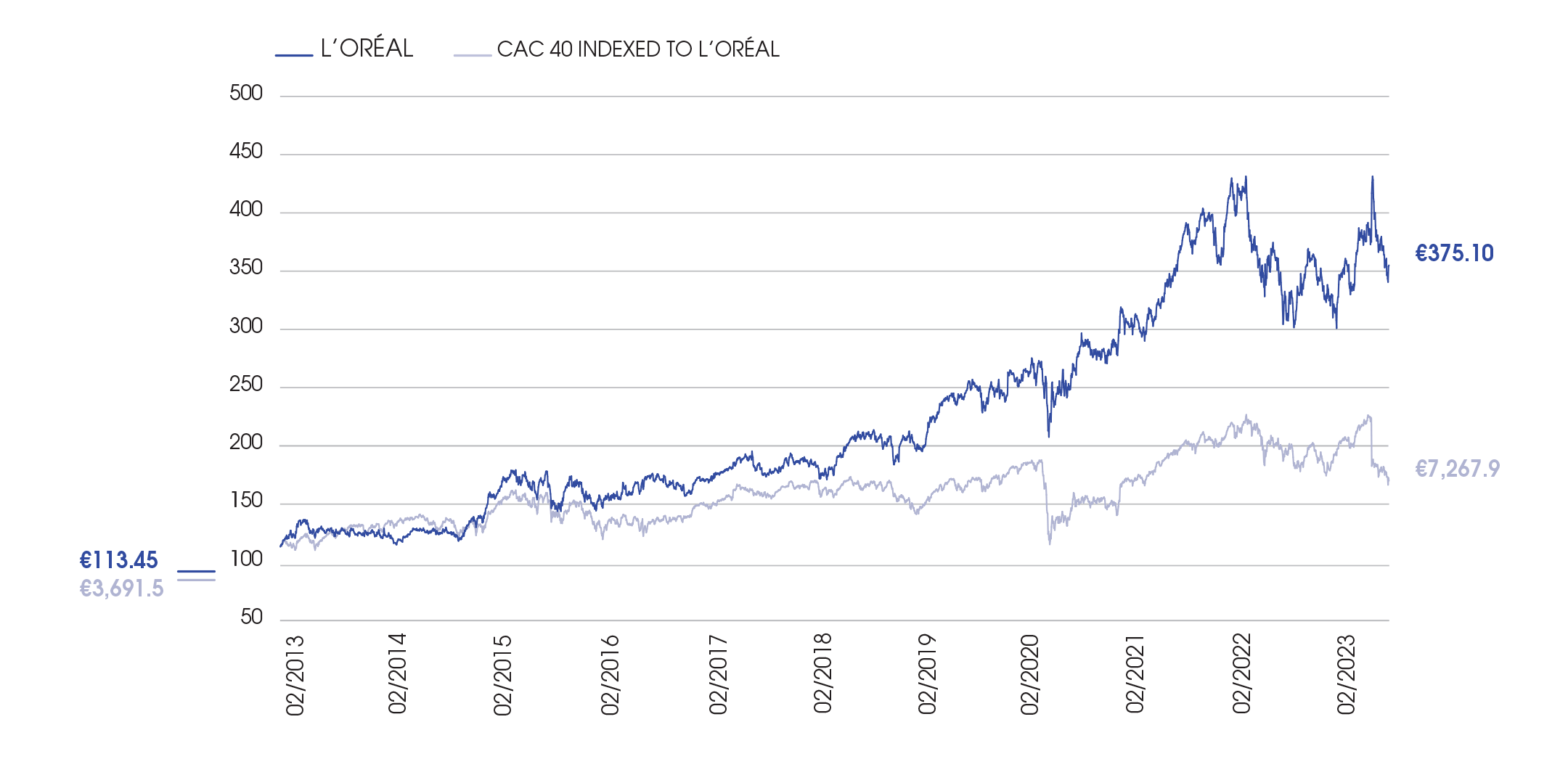We use cookies that are strictly necessary for the operation of this website as well as statistical cookies that allow us to anonymously know how users interact with the website in order to optimize your user experience.
These cookies can be set at any time from the publication.
TABLE OF CONTENT
- 1
- Prospects:...Prospects: Jean-Paul Agon, Chairman of the Board of Directors of L’OréalProspects: Jean-Paul Agon, Chairman of the Board of Directors of L’Oréal - Page 22
- Prospects: Nicolas...Prospects: Nicolas Hieronimus, Chief Executive Officer of L’OréalProspects: Nicolas Hieronimus, Chief Executive Officer of L’Oréal - Page 33
- Chapter 1...Chapter 1 : Presentation of the Group – Integrated ReportChapter 1 : Presentation of the Group – Integrated Report - Page 5
page 5 TO 52
- 1.1. The...61.1. The L’Oréal Group: the fundamentals1.1. The L’Oréal Group: the fundamentals - page6
- 1.2. L’Oréal,...141.2. L’Oréal, a value-creating model1.2. L’Oréal, a value-creating model - page14
- 1.3. 2022...361.3. 2022 Financial Results and Corporate Social Responsibility commitments1.3. 2022 Financial Results and Corporate Social Responsibility commitments - page36
- 1.4. A...501.4. A tailored, agile and responsive organisation1.4. A tailored, agile and responsive organisation - page50
- 1.5. Internal...511.5. Internal Control and risk management system1.5. Internal Control and risk management system - page51
- Chapter 2...Chapter 2 : Corporate governanceChapter 2 : Corporate governance - Page 53
page 53 TO 116
- 2.1. Framework...542.1. Framework for the implementation of corporate governance principles2.1. Framework for the implementation of corporate governance principles - page54
- 2.2. Composition...572.2. Composition of the Board at 31 December 20222.2. Composition of the Board at 31 December 2022 - page57
- 2.3. Organisation...722.3. Organisation and modus operandi of the Board of Directors2.3. Organisation and modus operandi of the Board of Directors - page72
- 2.4. Remuneration...912.4. Remuneration of directors and corporate officers2.4. Remuneration of directors and corporate officers - page91
- 2.5. Summary...1142.5. Summary table of the recommendations of the AFEP‑MEDEF Code which have not been applied2.5. Summary table of the recommendations of the AFEP‑MEDEF Code which have not been applied - page114
- 2.6. Summary...1152.6. Summary statement of trading by directors and corporate officers in L’Oréal shares in 20222.6. Summary statement of trading by directors and corporate officers in L’Oréal shares in 2022 - page115
- 2.7. Statutory...1152.7. Statutory Auditors’ Special Report on regulated agreements2.7. Statutory Auditors’ Special Report on regulated agreements - page115
- Chapter 3...Chapter 3 : Risk factors and risk managementChapter 3 : Risk factors and risk management - Page 117
page 117 TO 150
- 3.1. Definition...1183.1. Definition and objectives of Internal Control3.1. Definition and objectives of Internal Control - page118
- 3.2. Components...1193.2. Components of the Internal Control and Risk Management system3.2. Components of the Internal Control and Risk Management system - page119
- 3.3. Preparing...1243.3. Preparing and processing accounting and financial information3.3. Preparing and processing accounting and financial information - page124
- 3.4. Vigilance...1263.4. Vigilance Plan3.4. Vigilance Plan - page126
- 3.5. Risk...1413.5. Risk factors and risk management3.5. Risk factors and risk management - page141
- Chapter 4...Chapter 4 : Social, environmental and societal responsibilityChapter 4 : Social, environmental and societal responsibility - Page 151
page 151 TO 252
- 4.2. Main...1604.2. Main non-financial risks4.2. Main non-financial risks - page160
- 4.3. Policies,...1624.3. Policies, performance indicators and results4.3. Policies, performance indicators and results - page162
- 4.4. L’Oréal...2314.4. L’Oréal for the Future: 2022 results4.4. L’Oréal for the Future: 2022 results - page231
- 4.5. Methodological...2324.5. Methodological notes4.5. Methodological notes - page232
- 4.6....2394.6. Cross-reference tables, including NFIS and GHG balance4.6. Cross-reference tables, including NFIS and GHG balance - page239
- 4.7. Statutory...2444.7. Statutory Auditor's Reports4.7. Statutory Auditor's Reports - page244
- Chapter 5...Chapter 5 : 2022 Consolidated Financial StatementsChapter 5 : 2022 Consolidated Financial Statements - Page 253
page 253 TO 316
- 5.1. Compared...2545.1. Compared Consolidated Income Statements5.1. Compared Consolidated Income Statements - page254
- 5.2. Consolidated...2555.2. Consolidated Statement of Comprehensive Income5.2. Consolidated Statement of Comprehensive Income - page255
- 5.3. Compared...2565.3. Compared Consolidated Balance Sheets5.3. Compared Consolidated Balance Sheets - page256
- 5.4. Consolidated...2575.4. Consolidated Statements of Changes in Equity5.4. Consolidated Statements of Changes in Equity - page257
- 5.5. Compared...2595.5. Compared Consolidated Statements of Cash Flows5.5. Compared Consolidated Statements of Cash Flows - page259
- 5.6. Notes...2605.6. Notes to the Consolidated Financial Statements5.6. Notes to the Consolidated Financial Statements - page260
- 5.7. Main...3105.7. Main consolidated companies at 31 December 20225.7. Main consolidated companies at 31 December 2022 - page310
- 5.8. Statutory...3135.8. Statutory Auditor's Report on the Consolidated Financial Statements5.8. Statutory Auditor's Report on the Consolidated Financial Statements - page313
- Chapter 6...Chapter 6 : Parent company financial statementsChapter 6 : Parent company financial statements - Page 317
page 317 TO 344
- 6.1. Compared...3186.1. Compared income statements6.1. Compared income statements - page318
- 6.2. Compared...3196.2. Compared balance sheets6.2. Compared balance sheets - page319
- 6.3. Changes...3206.3. Changes in shareholders’ equity6.3. Changes in shareholders’ equity - page320
- 6.4. Statements...3216.4. Statements of cash flows6.4. Statements of cash flows - page321
- 6.5. Notes...3226.5. Notes to the financial statements of L’Oréal S.A.6.5. Notes to the financial statements of L’Oréal S.A. - page322
- 6.6. Other...3376.6. Other information relating to the financial statements of L’Oréal S.A.6.6. Other information relating to the financial statements of L’Oréal S.A. - page337
- 6.7....3386.7. Five-year financial summary6.7. Five-year financial summary - page338
- 6.8. Equity...3396.8. Equity investments (main changes including shareholding threshold changes)6.8. Equity investments (main changes including shareholding threshold changes) - page339
- 6.9. Statutory...3406.9. Statutory Auditor's Report on the Financial Statements6.9. Statutory Auditor's Report on the Financial Statements - page340
- Chapter 7...Chapter 7 : Share capital and stock market informationChapter 7 : Share capital and stock market information - Page 345
page 345 TO 364
- 7.1. Information...3467.1. Information relating to the Company7.1. Information relating to the Company - page346
- 7.2. Information...3487.2. Information concerning the share capital7.2. Information concerning the share capital - page348
- 7.3. Shareholder...3507.3. Shareholder structure7.3. Shareholder structure - page350
- 7.4....3537.4. Long-term incentive plans7.4. Long-term incentive plans - page353
- 7.5. The...3587.5. The L’Oréal share/the share market7.5. The L’Oréal share/the share market - page358
- 7.6. Information...3637.6. Information and shareholder dialogue policy7.6. Information and shareholder dialogue policy - page363
- Chapter 8...Chapter 8 : Annual General MeetingChapter 8 : Annual General Meeting - Page 365
page 365 TO 386
- 8.1. Draft resolutions and Report of the Board of Directors to...3668.1. Draft resolutions and Report of the Board of Directors to the Ordinary and Extraordinary General Meeting to be held on Friday 21 April 20238.1. Draft resolutions and Report of the Board of Directors to the Ordinary and Extraordinary General Meeting to be held on Friday 21 April 2023 - page366
- 8.2. Statutory...3858.2. Statutory Auditor's Report8.2. Statutory Auditor's Report - page385
- 9.1. Statutory...3889.1. Statutory Auditors9.1. Statutory Auditors - page388
- 9.2. Historical...3889.2. Historical financial information included by reference9.2. Historical financial information included by reference - page388
- 9.3. Declaration by...3889.3. Declaration by the person responsible for the Universal Registration Document and the Annual Financial Report9.3. Declaration by the person responsible for the Universal Registration Document and the Annual Financial Report - page388
- 9.4....3899.4. Cross-reference table with the Universal Registration Document9.4. Cross-reference table with the Universal Registration Document - page389
- 9.5. Annual...3919.5. Annual Financial Report cross-reference table9.5. Annual Financial Report cross-reference table - page391
- 9.6. Cross-reference...3919.6. Cross-reference table with the AMF tables on the remuneration of directors and corporate officers9.6. Cross-reference table with the AMF tables on the remuneration of directors and corporate officers - page391
- 9.7. Management...3929.7. Management Report cross-reference table9.7. Management Report cross-reference table - page392
4.5.2.2. Empowering the Group’s business ecosystem
Involving suppliers in the Group’s transformation
Scope of consolidation: to define the list of strategic suppliers, the spend baseline is from March 2022. The N-1 spend is updated at the end of October for indicators related to the CDP and the environmental and social performance of suppliers.
Data: Suppliers participating in the CDP had to be invited in advance by L’Oréal according to defined criteria:
- CDP Climate Change: In 2014, participation in the CDP Climate Change programme was made compulsory for all strategic suppliers. The Group also invites suppliers that are strategic for a Zone or country.
- CDP Water: L’Oréal selects suppliers according to three criteria: particularly water-intensive technology or activity;location of at least one production site in a water-stressed catchment area; size of L’Oréal’s purchasing volumes.
- CDP Forest: L’Oréal selects suppliers according to the impact of their activity on deforestation. Major suppliers of paper, palm oil and soy are invited to participate.
Clarification: no attempted bribery occurred this year during the social audits. The attempted bribery mentioned in the audit report refers to an attempt to bribe the auditor and not to the fact that the supplier may have been involved in a bribery case
Beneficiaries of the Solidarity Sourcing programme:
Scope of consolidation: the period considered is from 1January to 31 December over a worldwide scope. This scope covers workers from economically or socially disadvantaged communities who work at the Group’s suppliers and at their subcontractors. Beneficiaries of the Solidarity Sourcing programme must produce materials, goods or services purchased by L’Oréal. At least one of the following two criteria must be fulfilled: access to and remaining in a permanent job if their community is generally excluded or under-represented in the activity, or a substantial and lasting improvement in income thanks to the activity associated with the programme (fair sourcing).
Data: in the majority of projects, the methodology is based on the number of FTEs under local regulations, on the basis of a full year. The FTE number is proportional to L’Oréal’s weight in the supplier’s business activity, i.e. the proportion of the supplier’s payroll that is involved in the production of L’Oréal products. If the supplier’s employees work for other customers, the amount of the orders in relation to the supplier’s total revenue determines the number of hours assigned to the L’Oréal production. For projects related to the sustainable sourcing of natural raw materials, the unit of measurement of the beneficiaries is not FTE, but the number of producers concerned. The supplier, with the assistance of an independent third party, defines a threshold at which the project has a significant impact on the target community with respect to the local situation.
People from very difficult social or economic situations trained in beauty professions.
Scope of consolidation: this indicator is calculated over worldwide scope using annual data. This scope covers people trained on beauty skills under the Beauty for a Better Life programme implemented by partner organisations between 1 January and 31 December.
Data: the managers of the programme at L’Oréal’s subsidiaries aggregate the data on the basis of the information and a certificate of compliance transmitted to them by the partner organisations. The Foundation teams within the Department of Corporate Responsibility consolidate the data and check it for consistency.
People in very difficult social or economic situations who have benefited from beauty care and wellbeing treatments
Scope of consolidation: this indicator is calculated over a France scope using annual data. This scope covers people who have benefitted from beauty care and well-being treatments under the Beauty for a Better Life programme implemented by partner organisations between 1 January and 31 December.
Data: the data are collected by the programme’s partner organisations. The Foundation teams consolidate the data and check it for consistency.
Beneficiaries of our brands’ social engagement programmes
Scope of consolidation: this indicator is calculated over a scope limited to the brands that have social engagement programmes. The scope excludes the brands’ environmental programmes, product donations and awareness-raising media campaigns.
Data: in order to be counted for, a beneficiary must be a person who is either supported by a partner NGO with a sustainable impact, via, for example, an educational grant, medical treatment, personalised psychological support, or any other initiative under the brand’s social engagement programme; or supported by a brand via a training programme that has been co-created with a partner NGO. The data are approved and transmitted by the NGOs, then consolidated by the brands via a digital tool.
Displaying the environmental and social impact of the products
Scope of consolidation: the indicators concern all rinse-off products that belong to one of the following categories:Shampoo, Conditioner & Mask, Dye, Face Cleanser, Body Cleanser, Targeted Facial Shock Treatment, Deep Cleanser & Face Mask, manufactured during 2022 on a Group scope. The indicators do not count the Hand Cleanser and Rinse-off Shave Cream categories.
The indicators used are those used in the application of the Product Impact Labelling (PIL) methodology. They reflect the results of the Group’s policy for measuring the environmental and social impact of the products. The calculation method and the data are verified by Bureau Veritas, an independent auditor.
Data: the data for the defined scope is collected by the Operations Department using SPOT (Sustainable Product Optimisation Tool). All SPOT exclusions also apply to this indicator.



